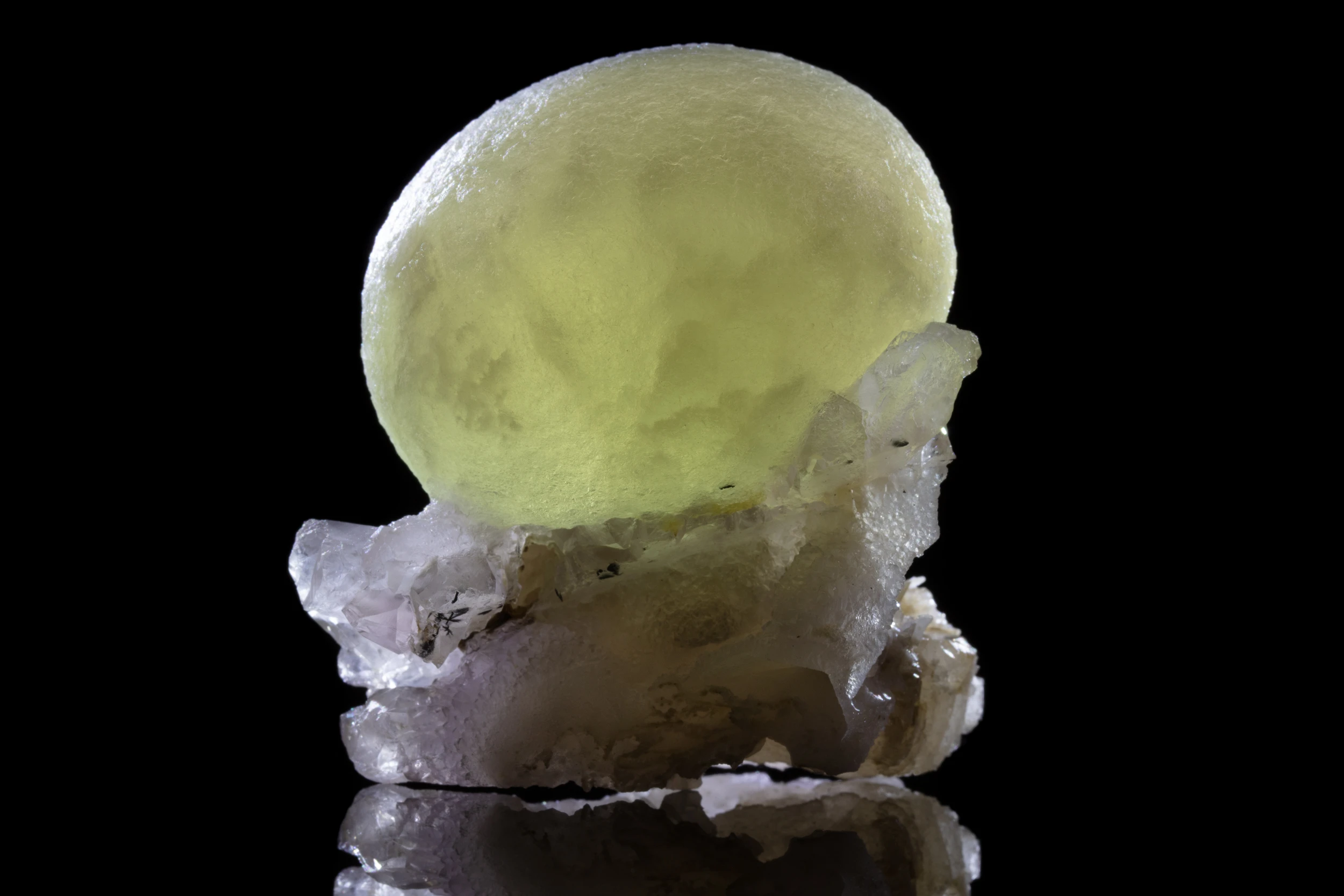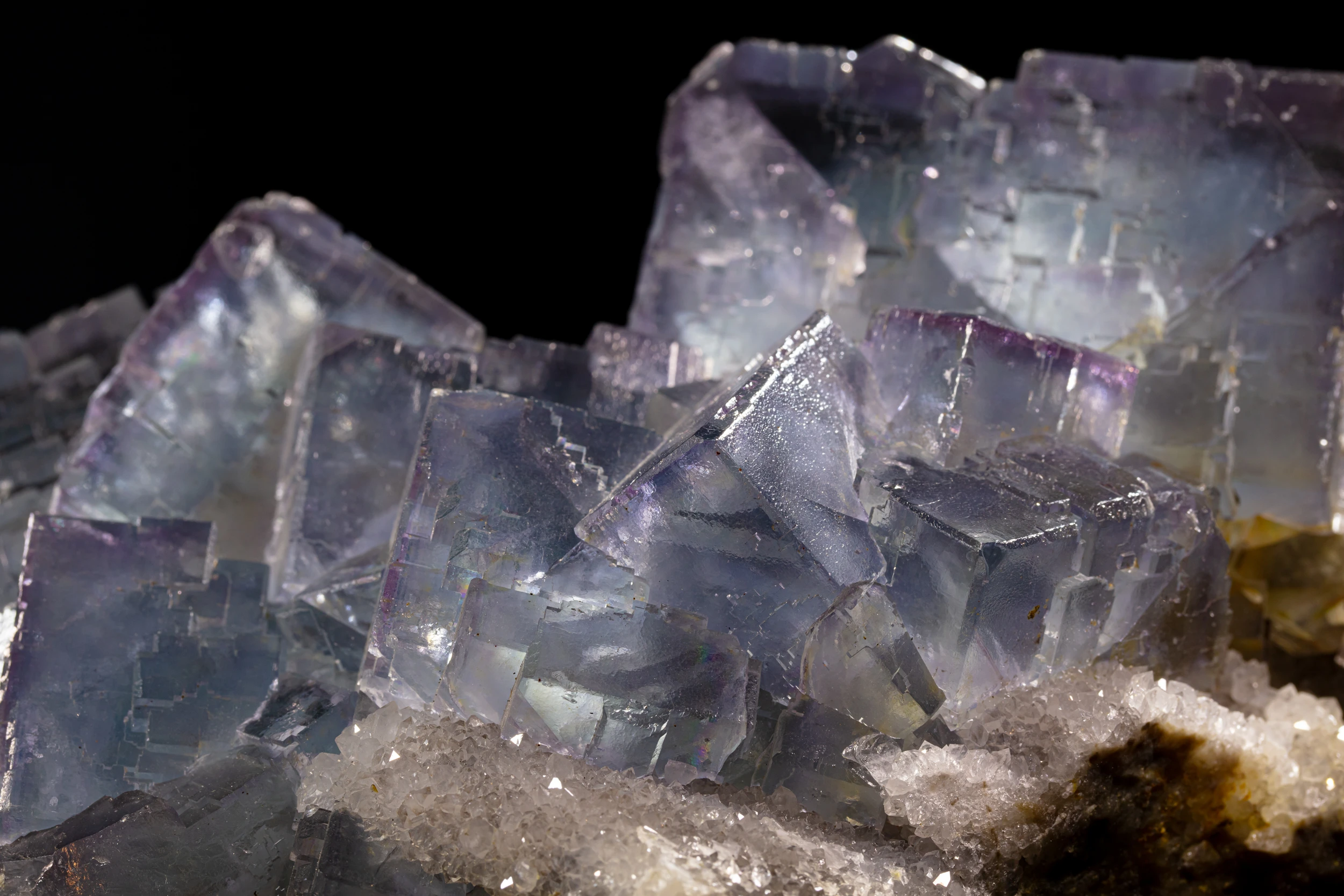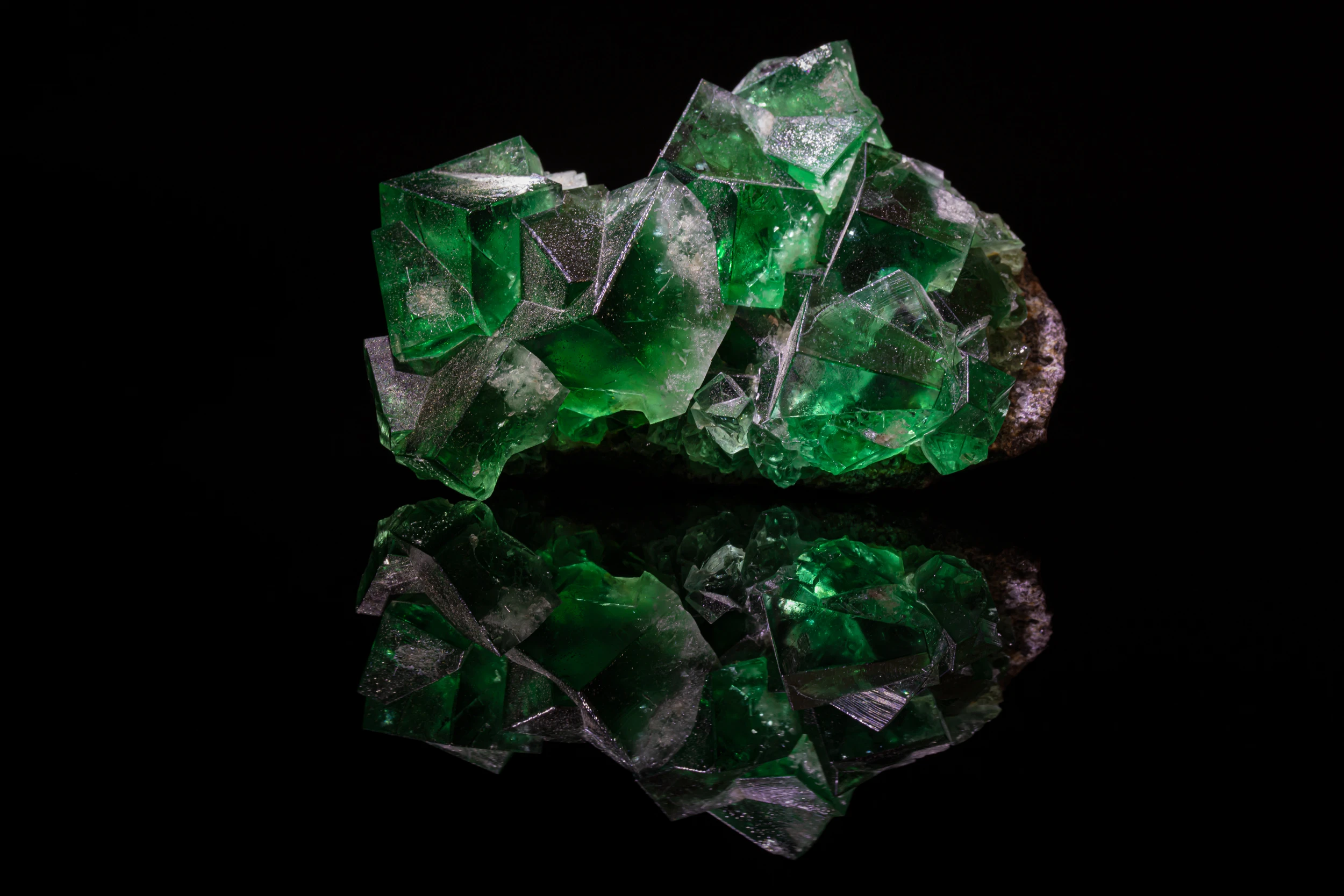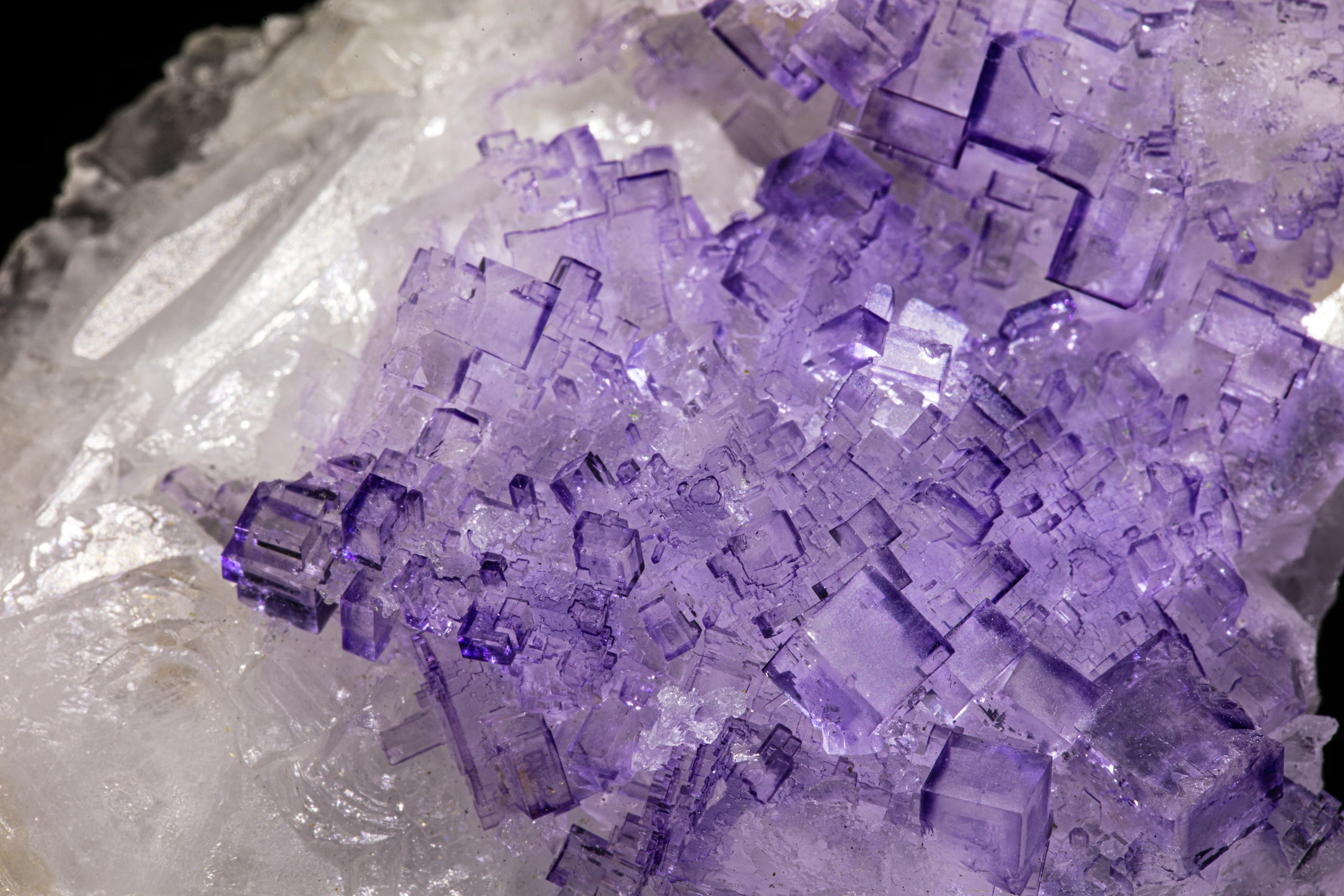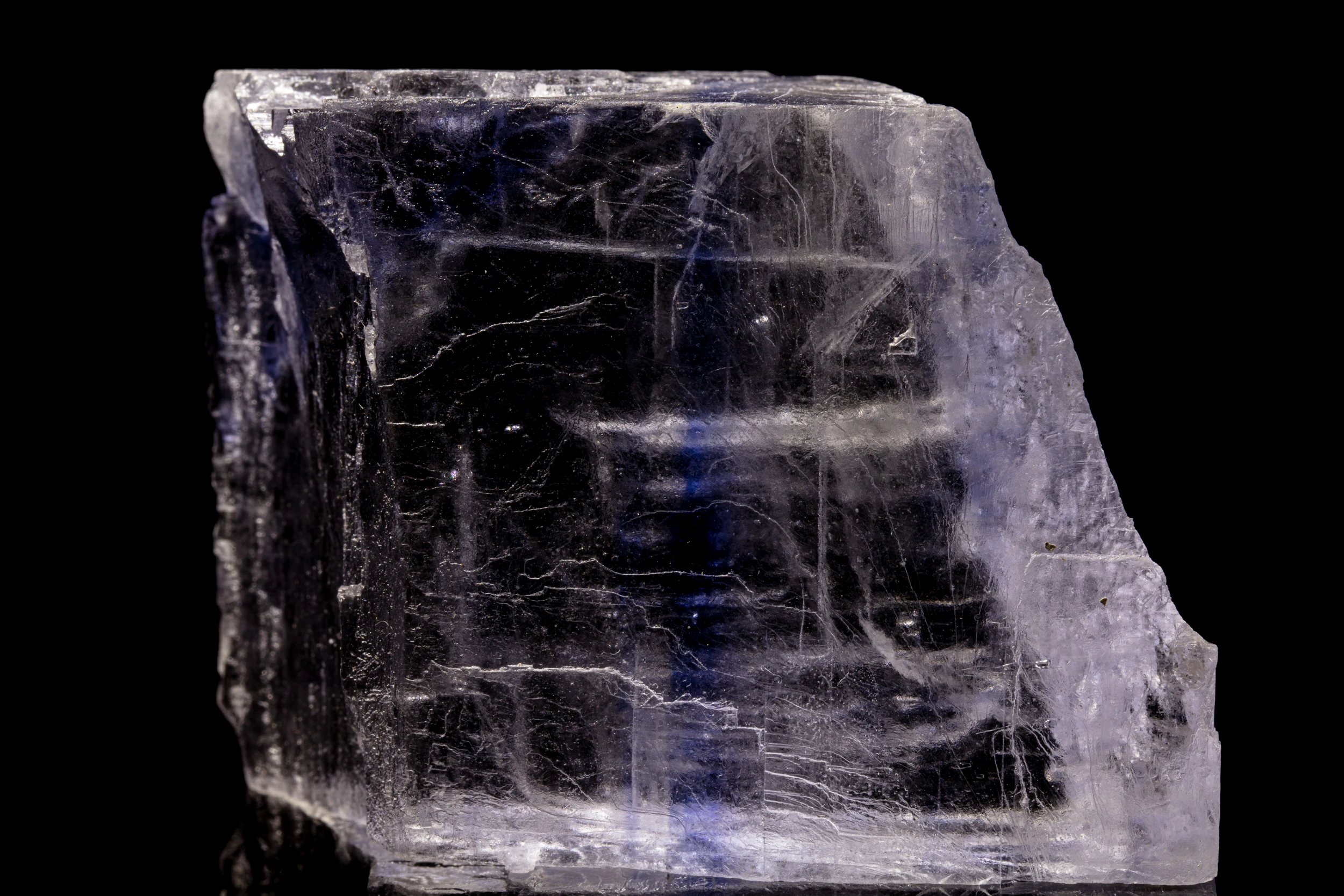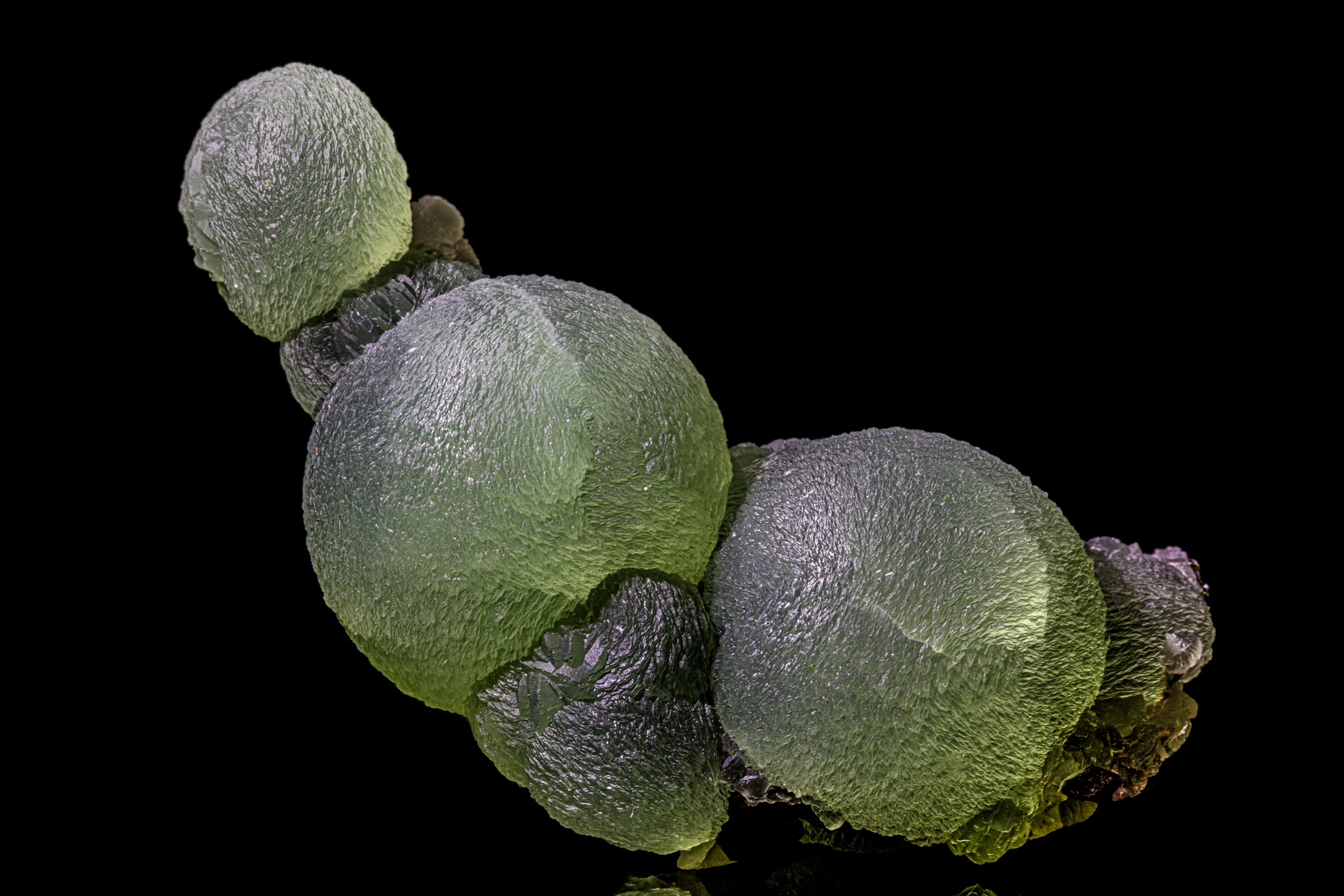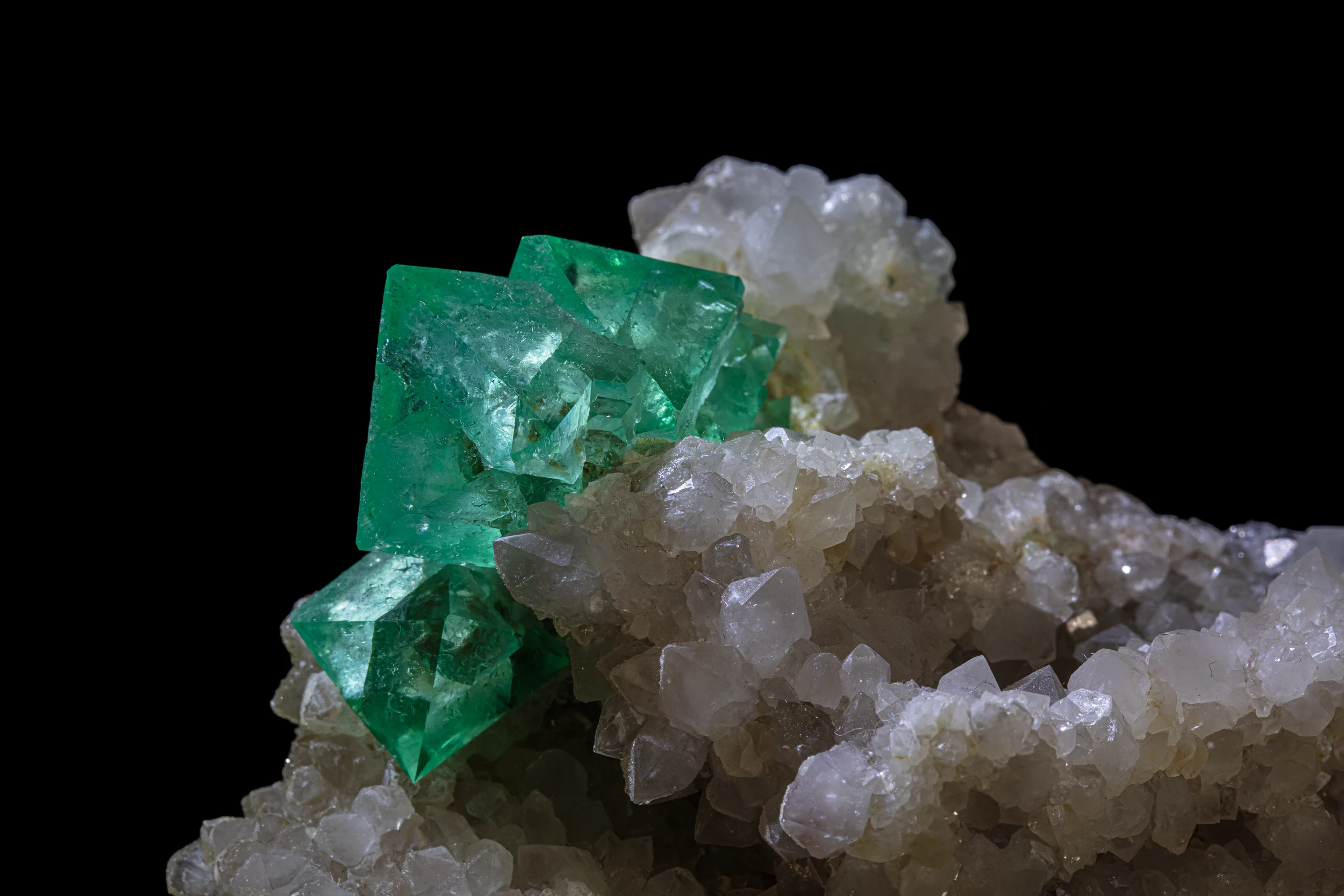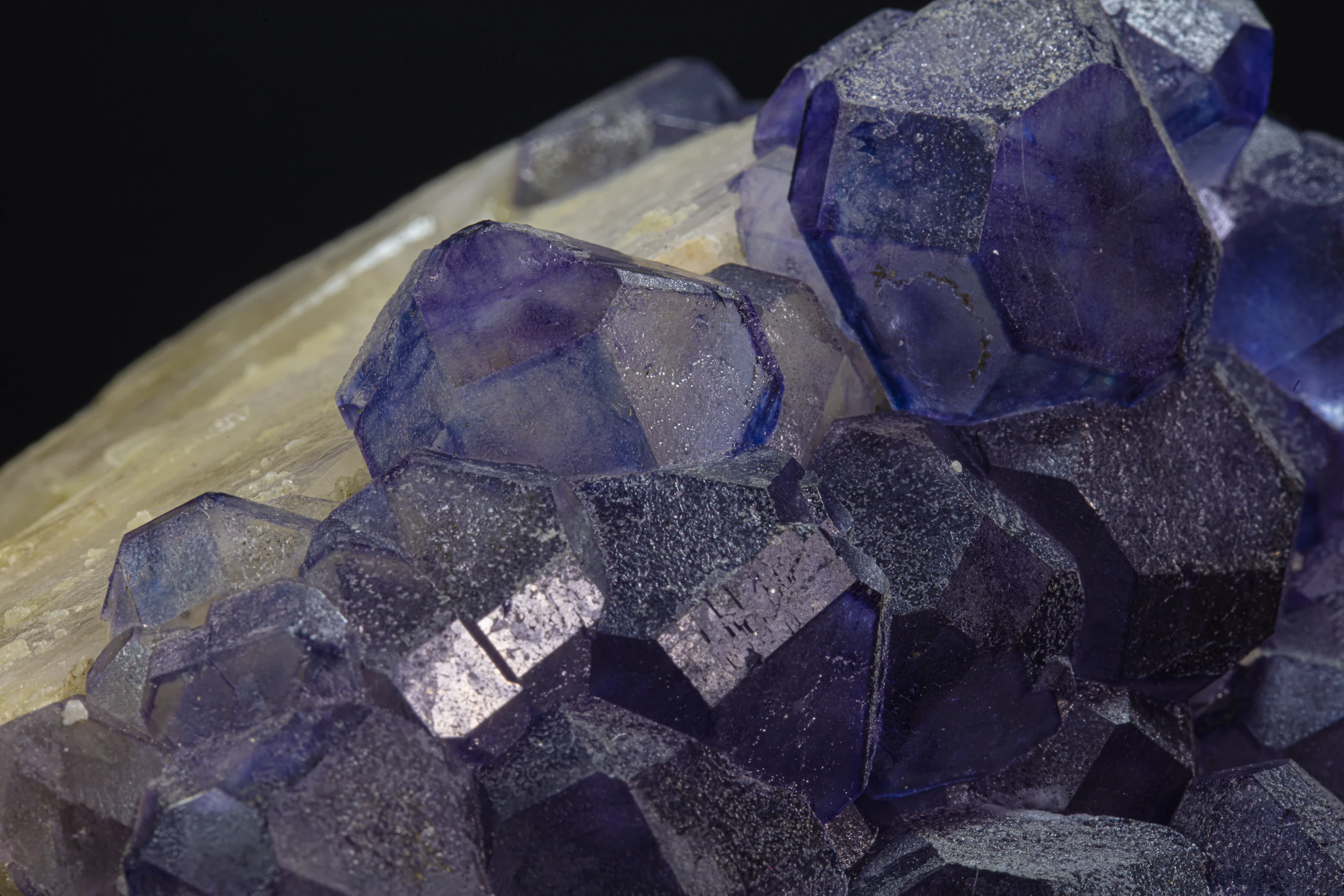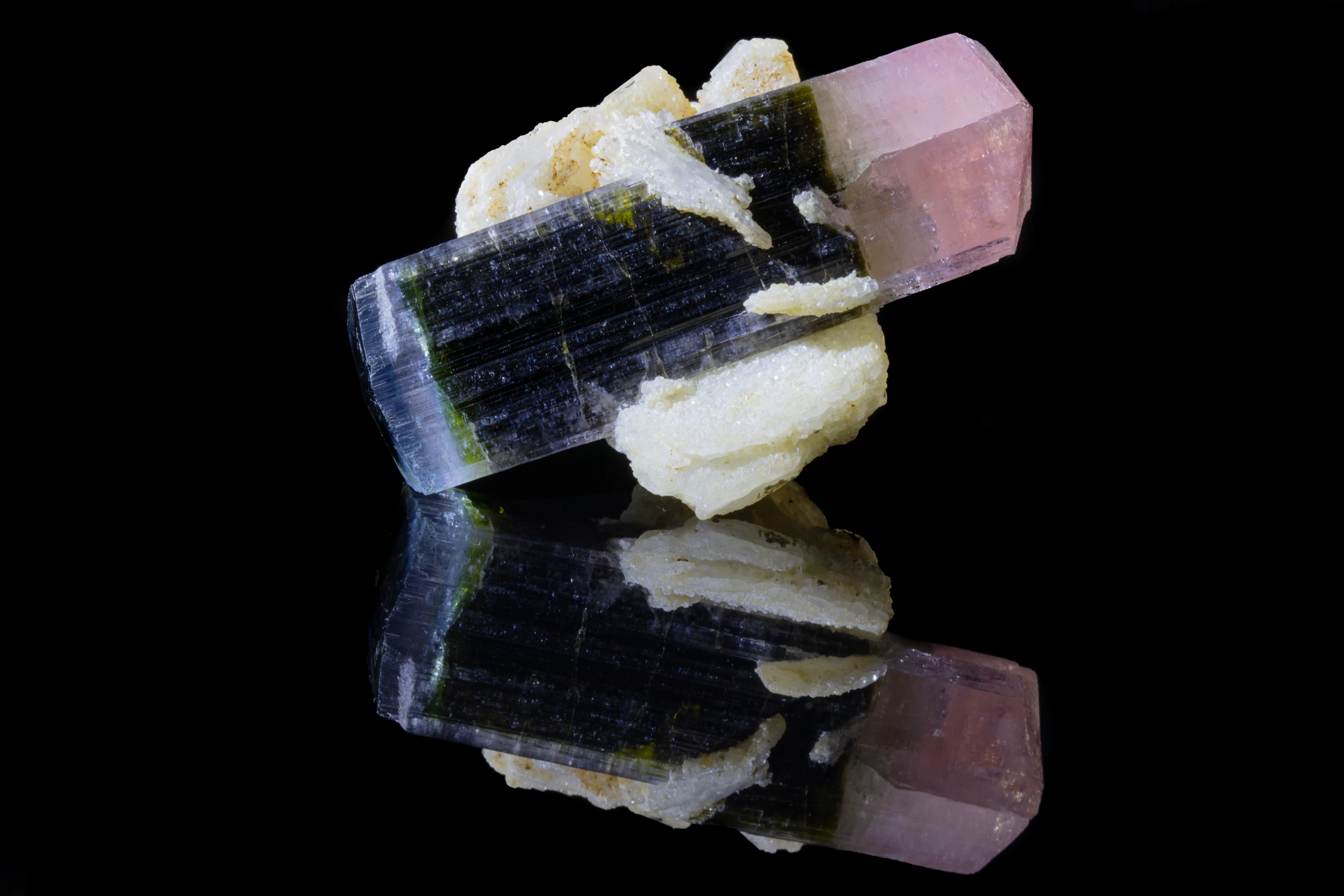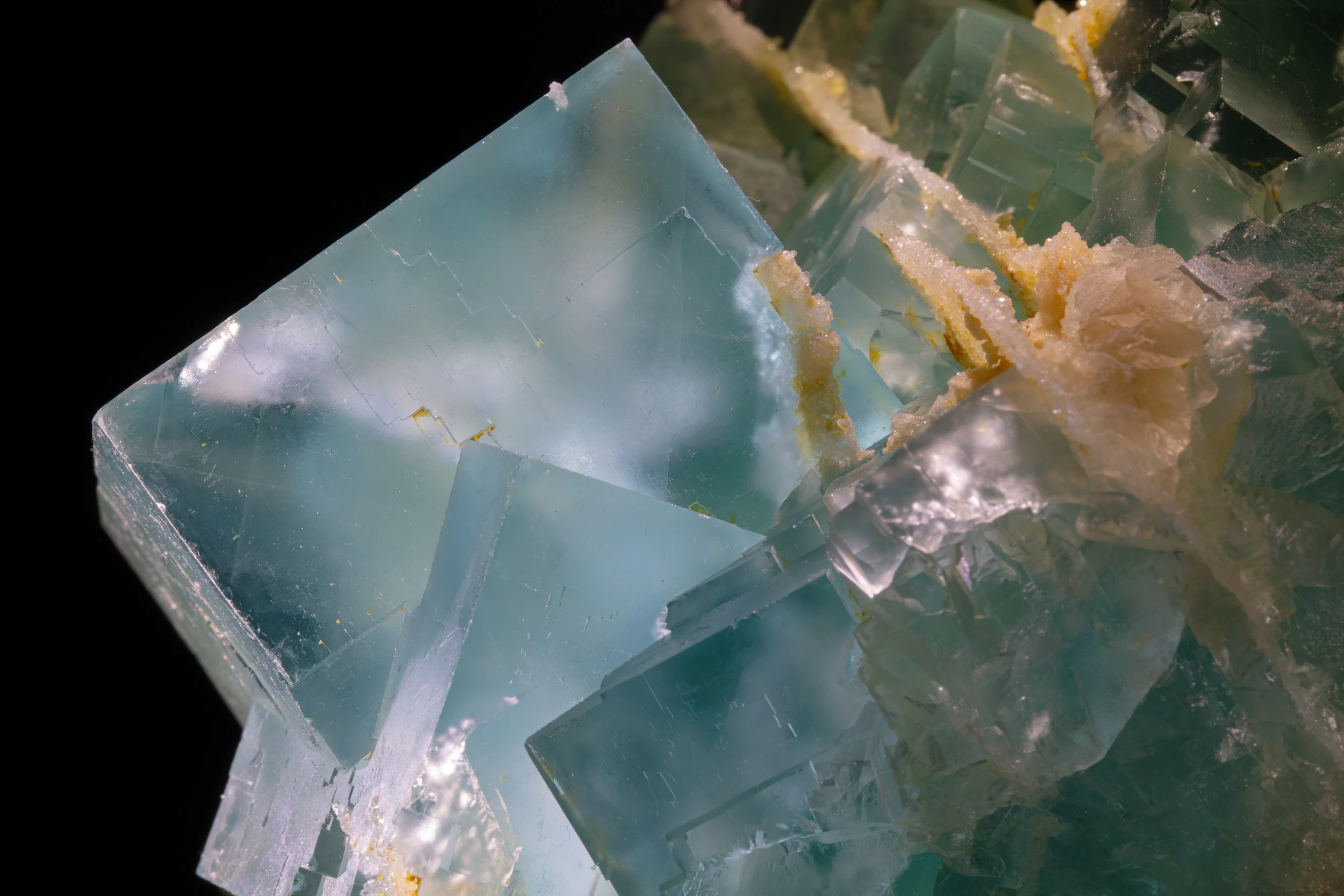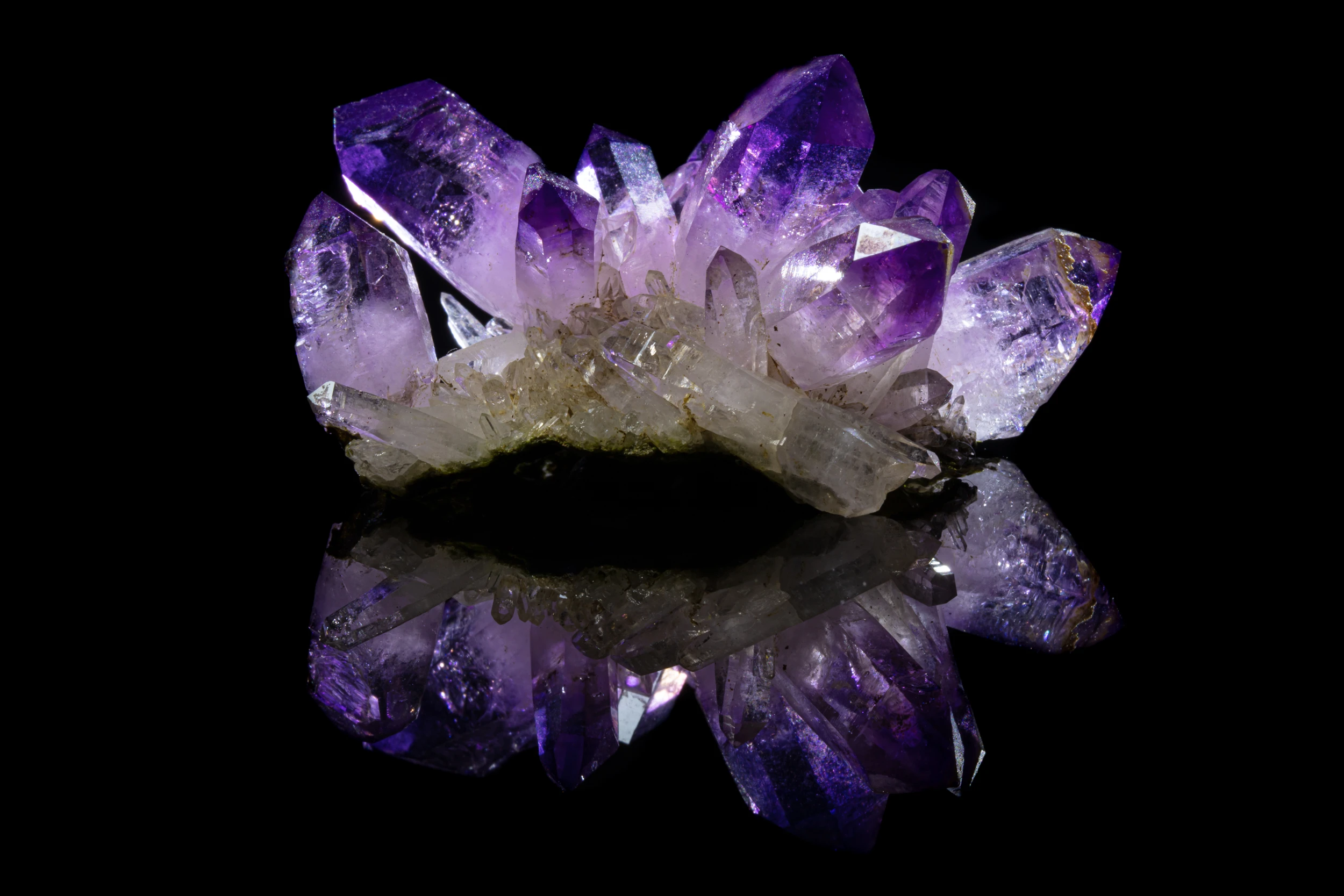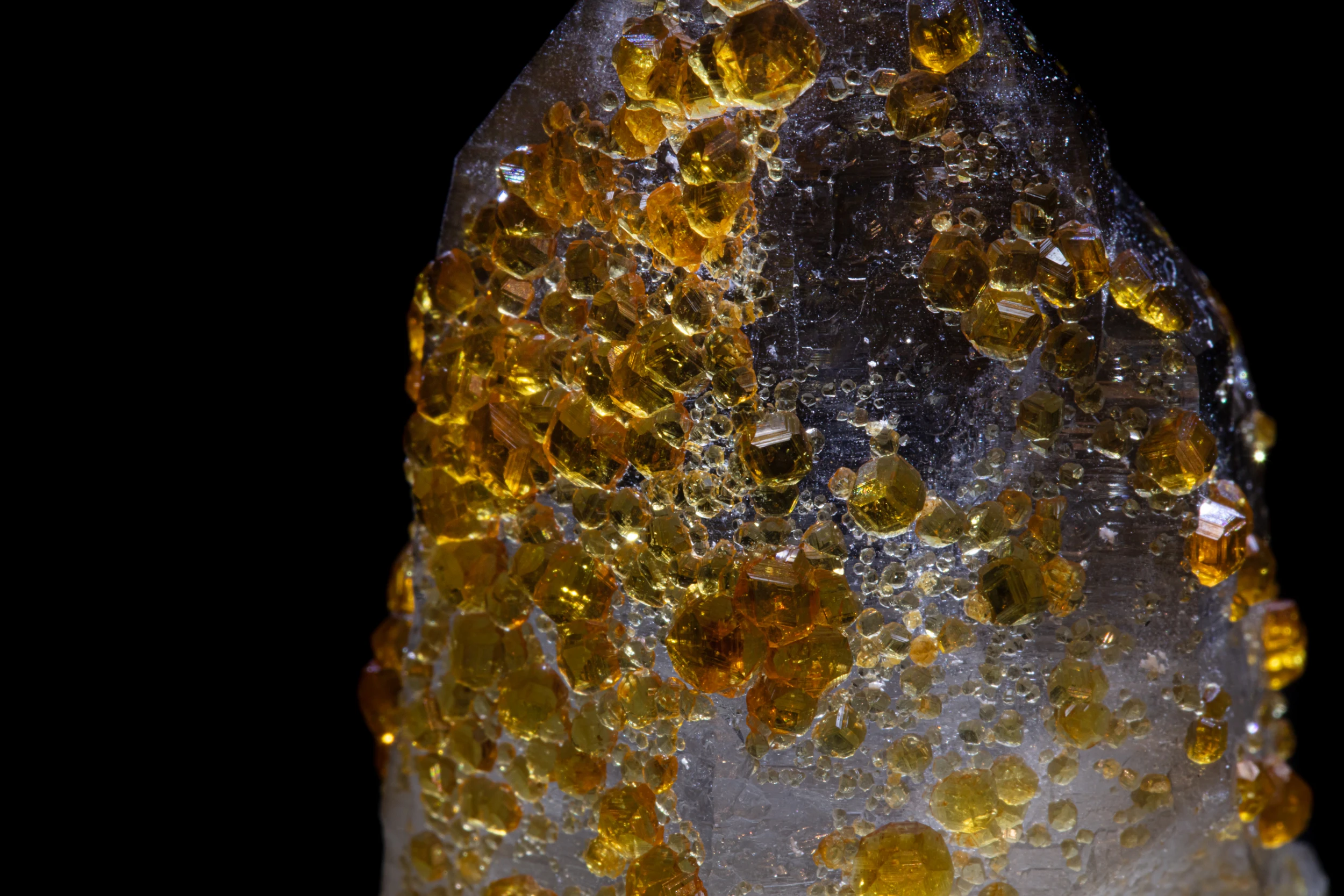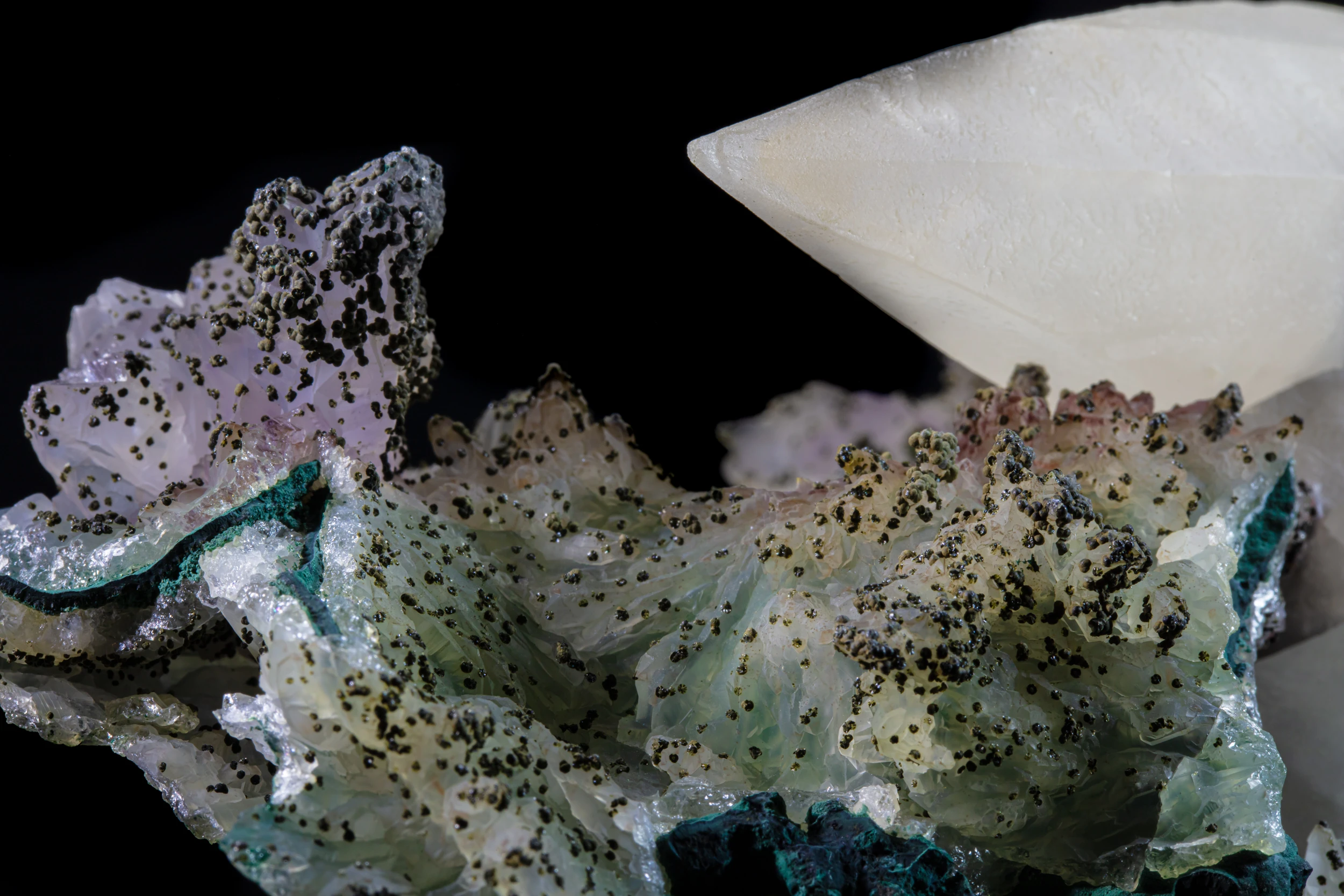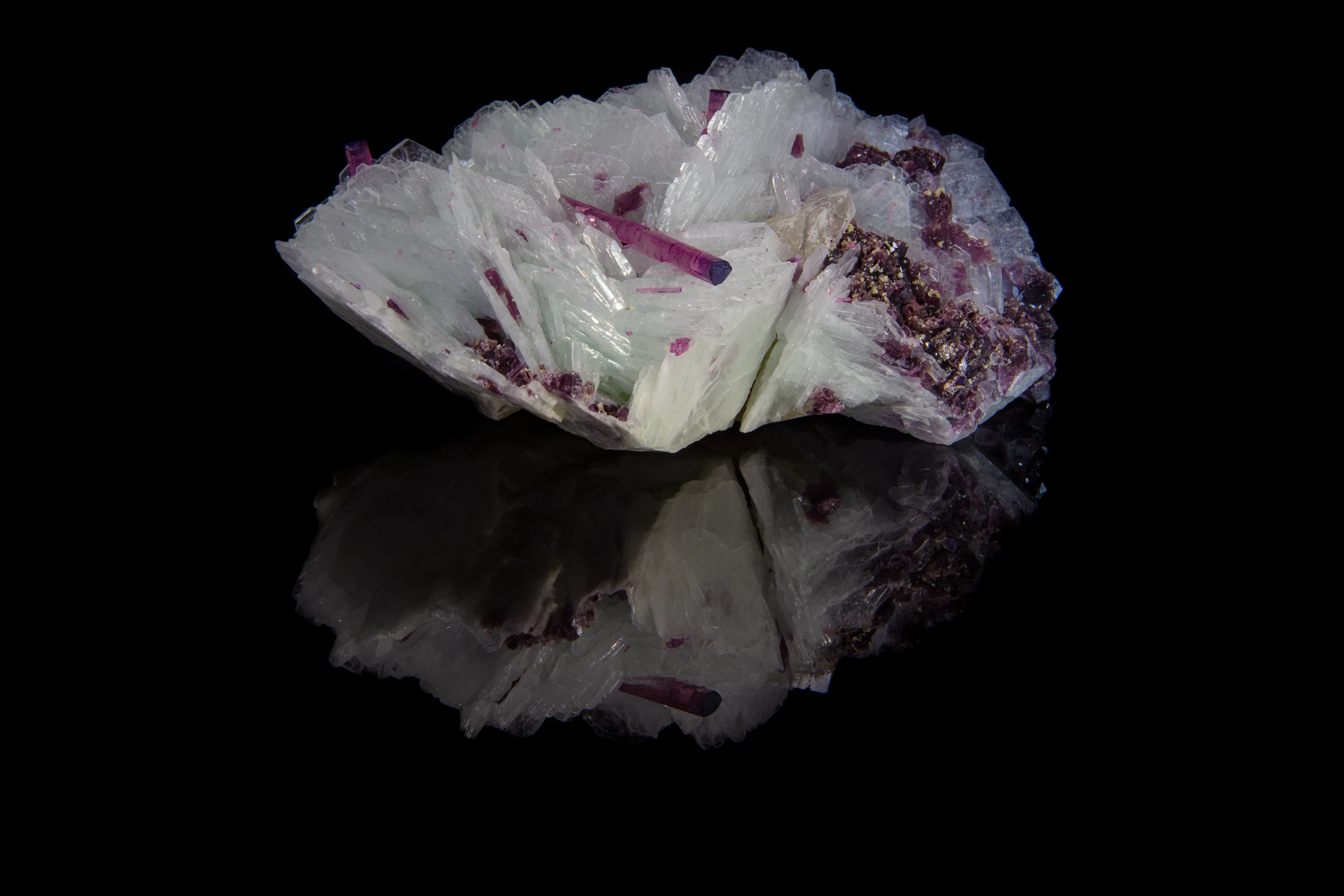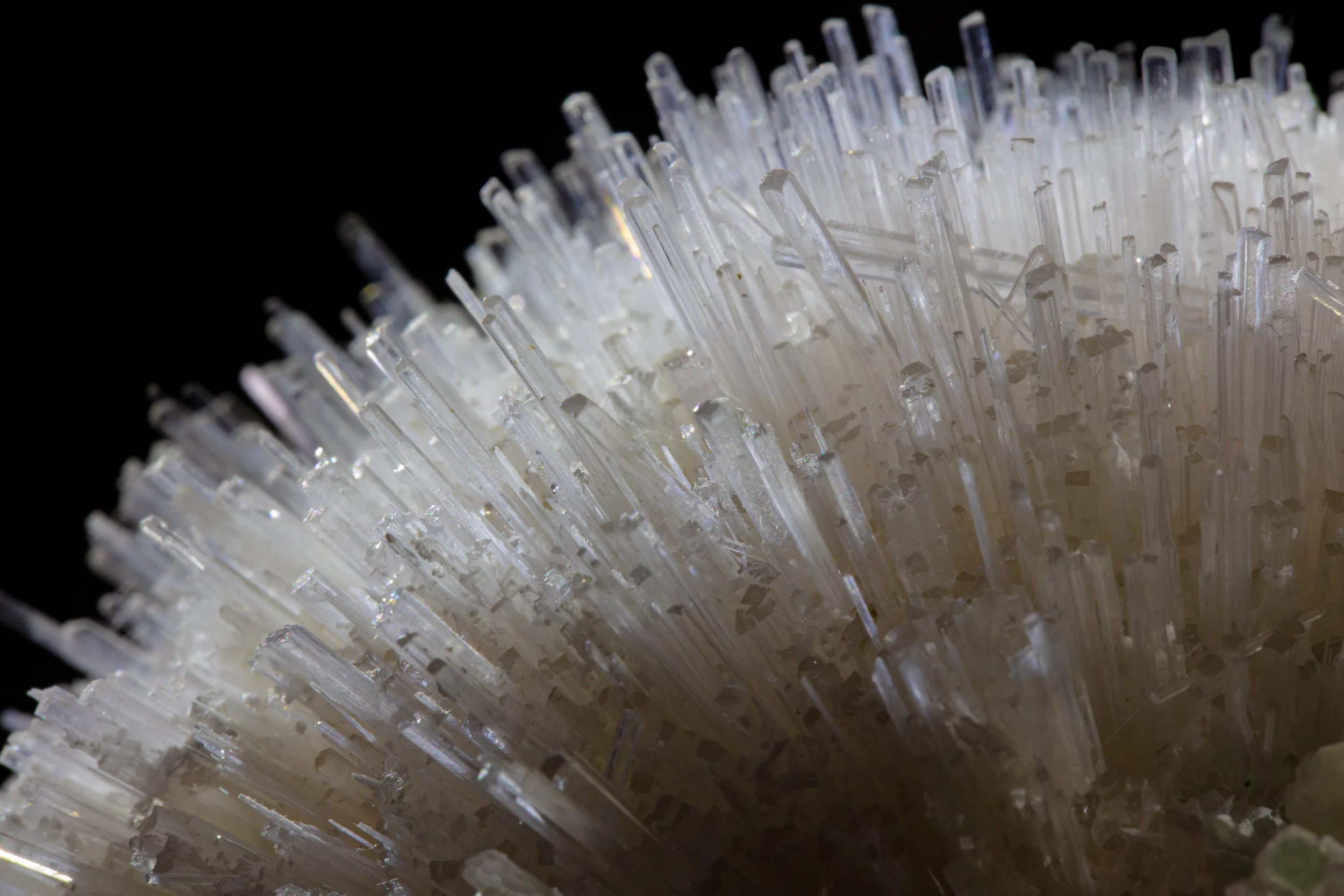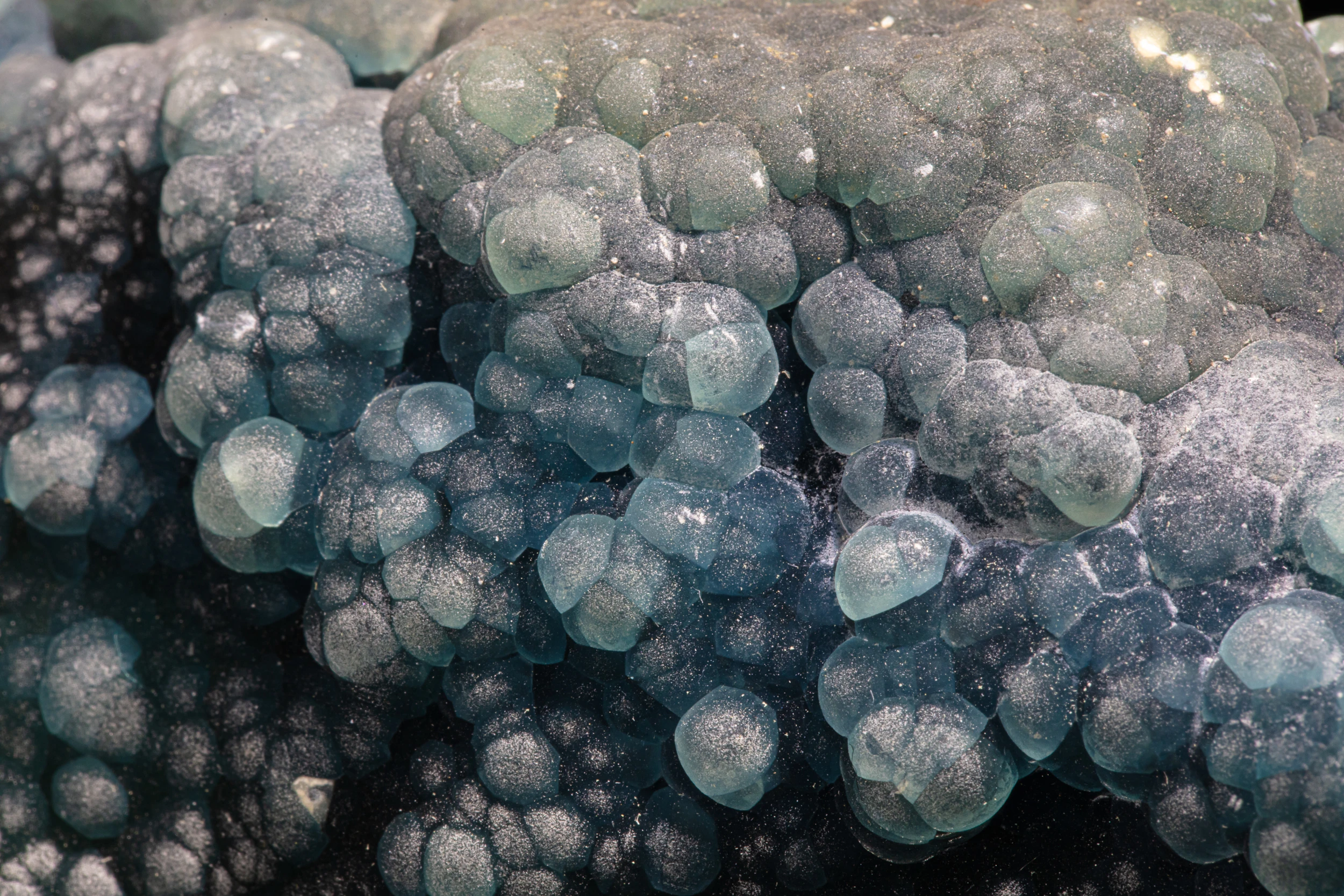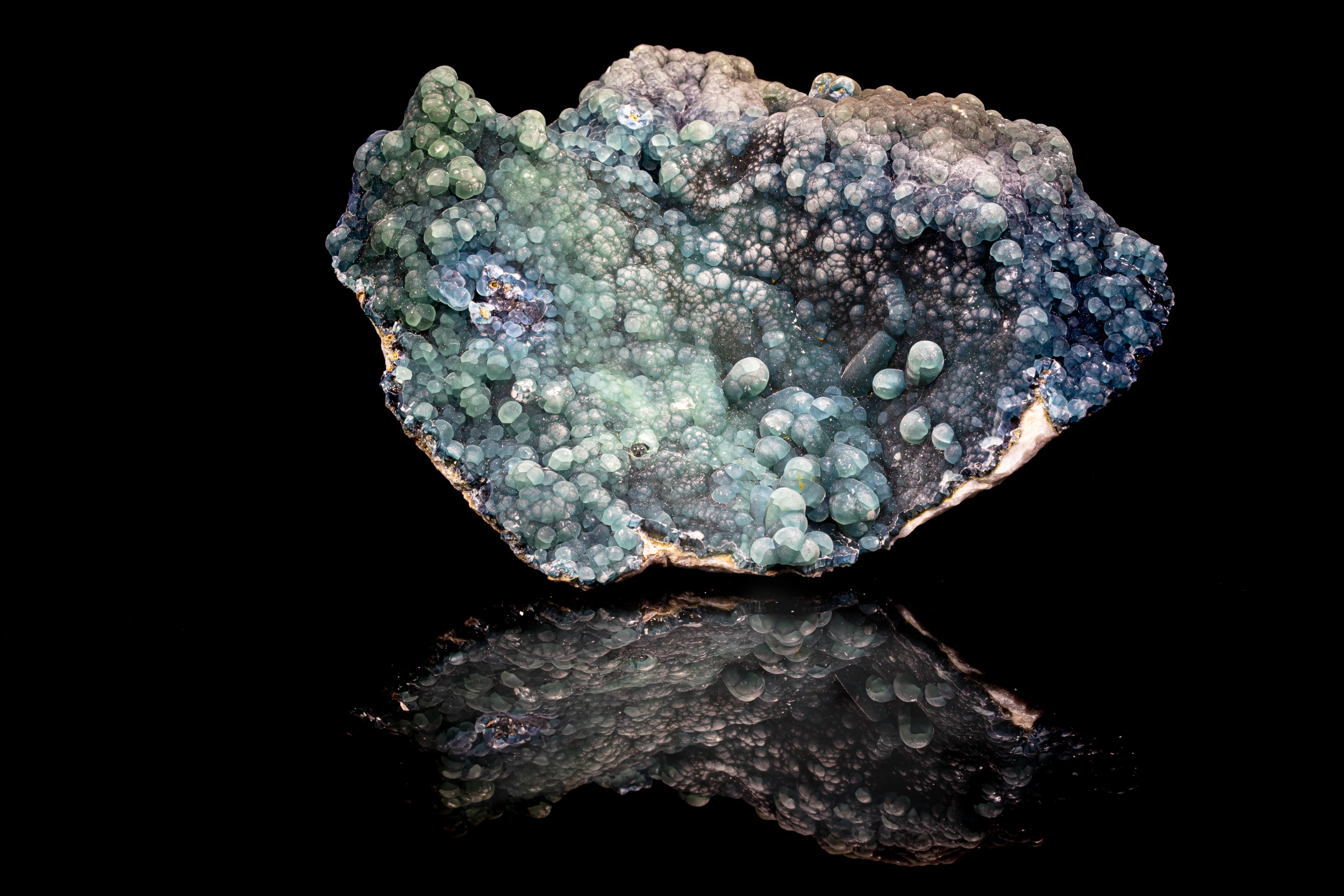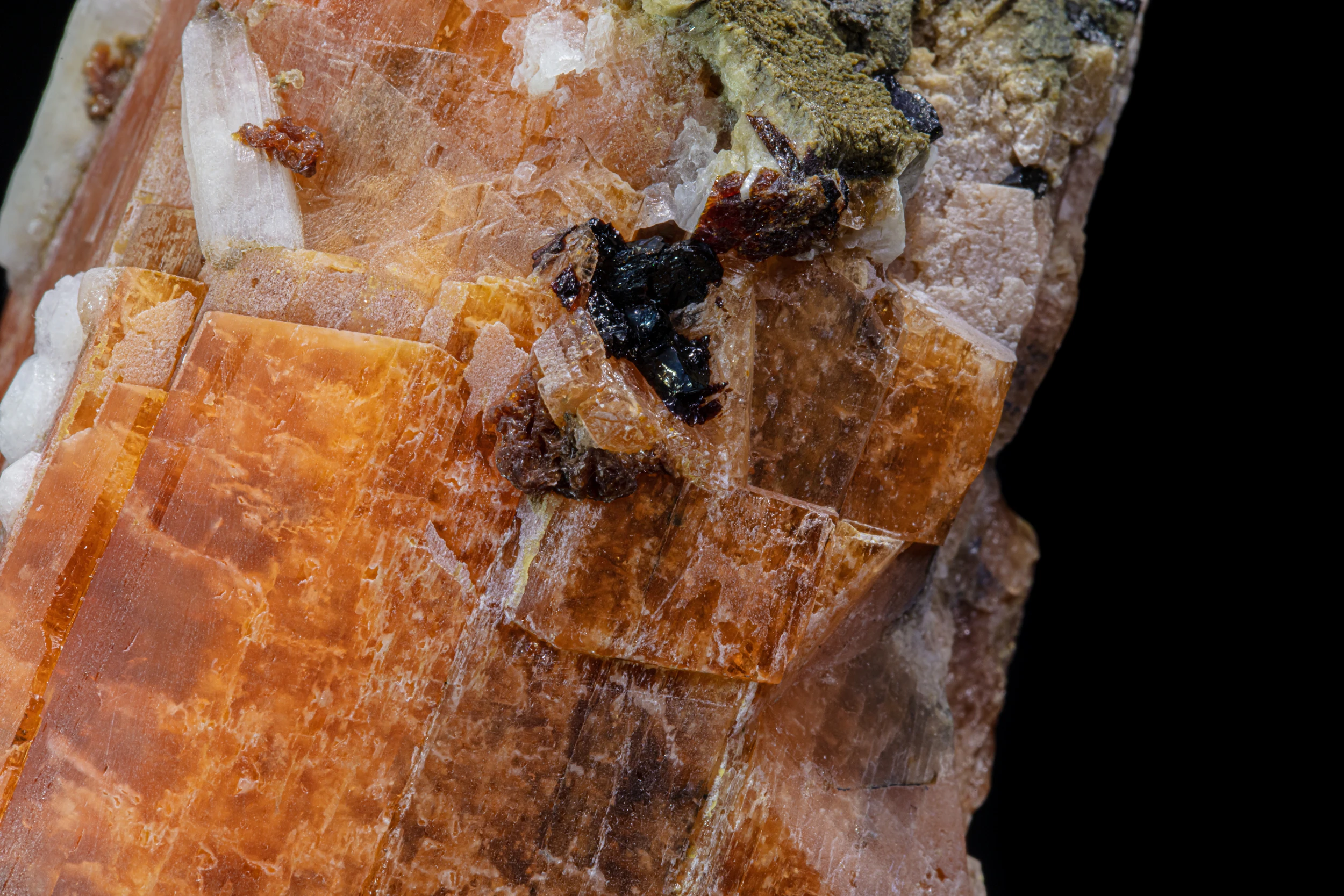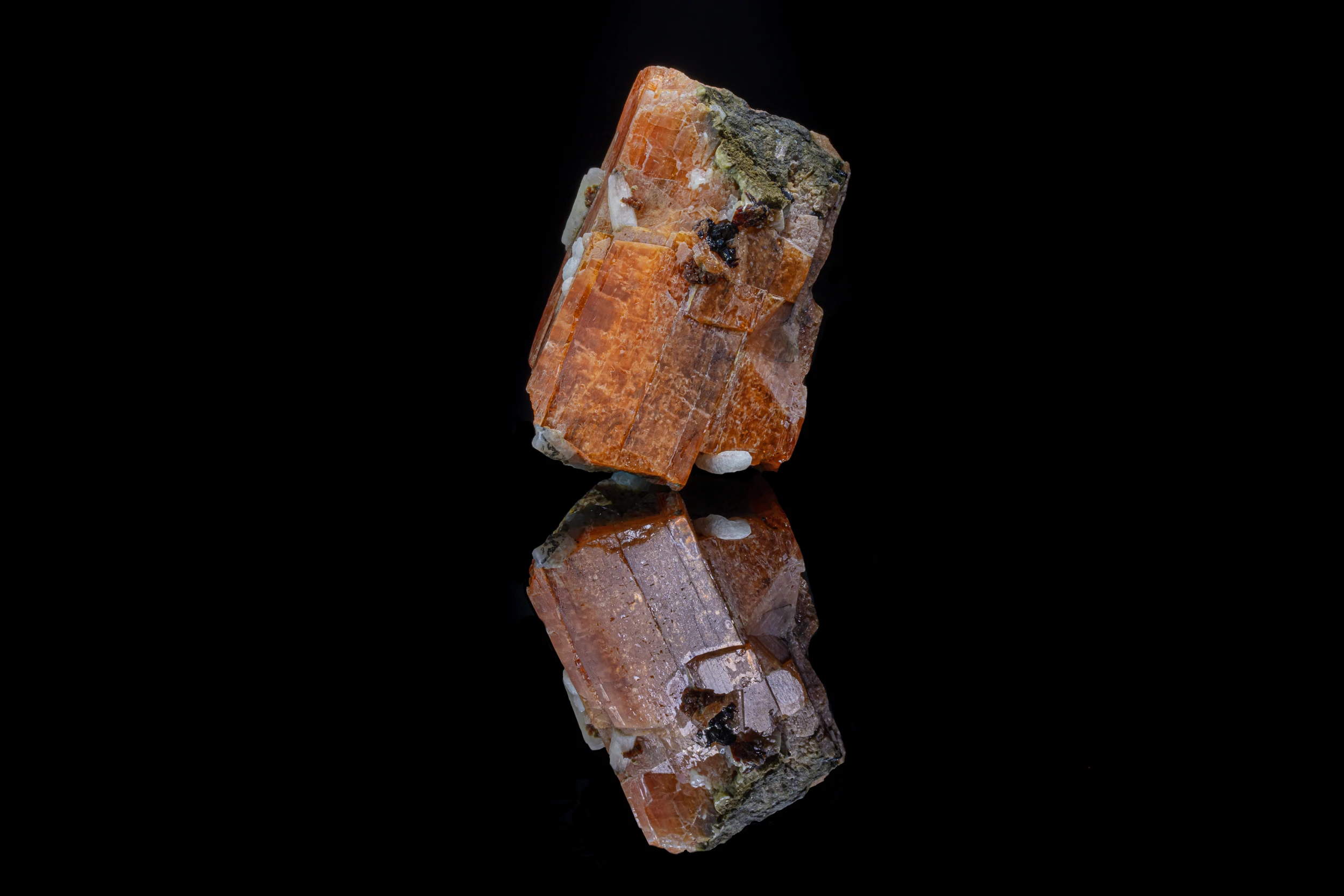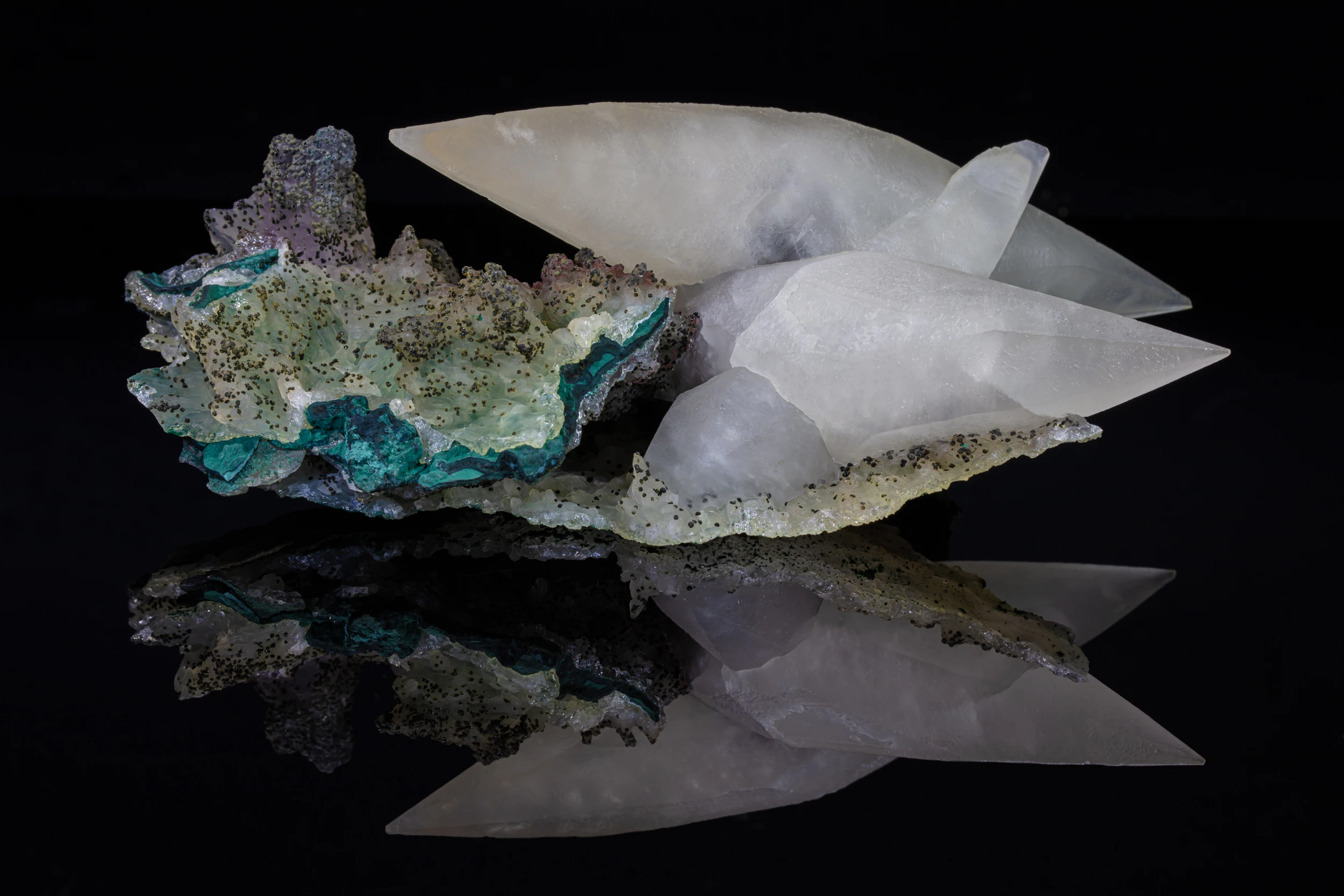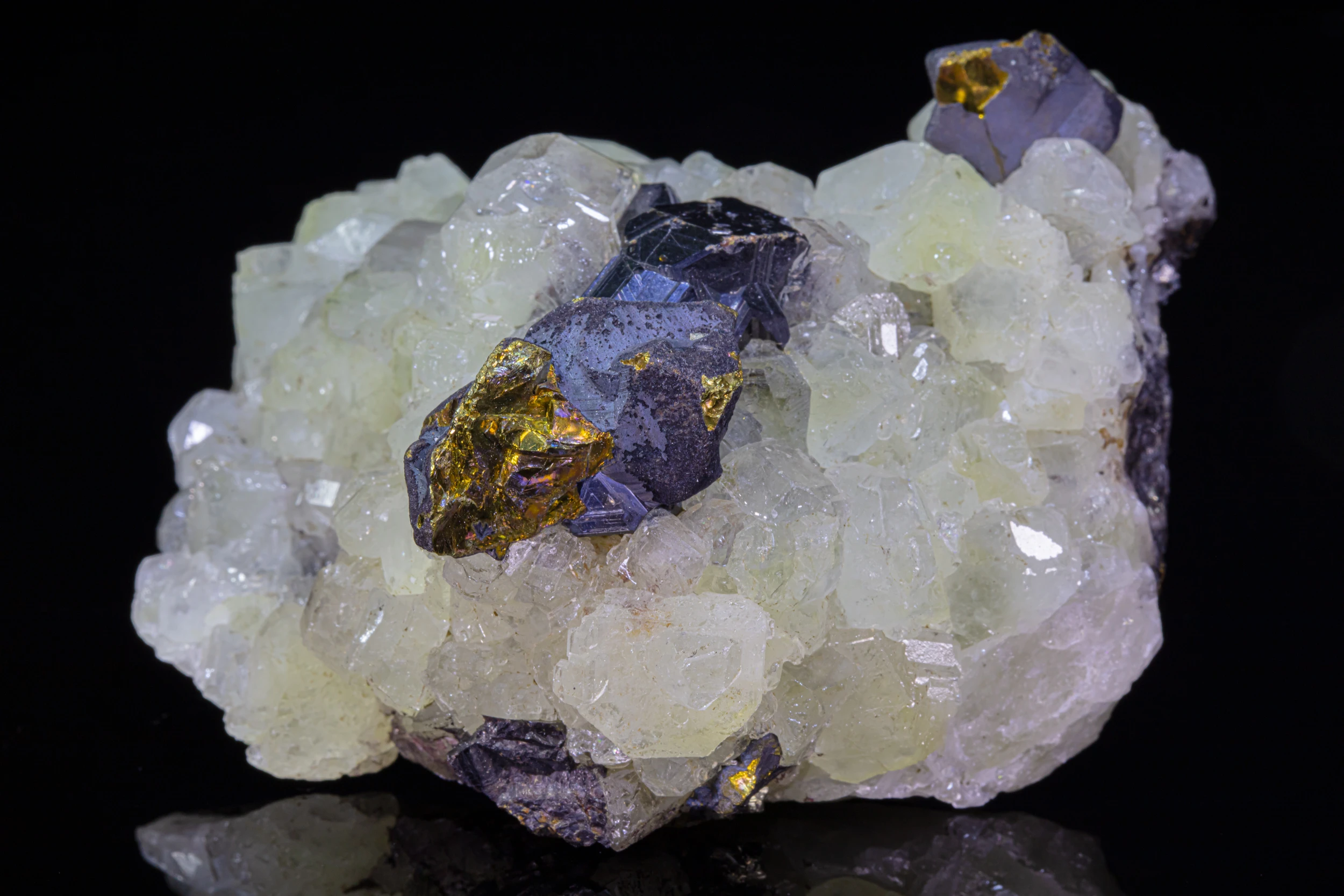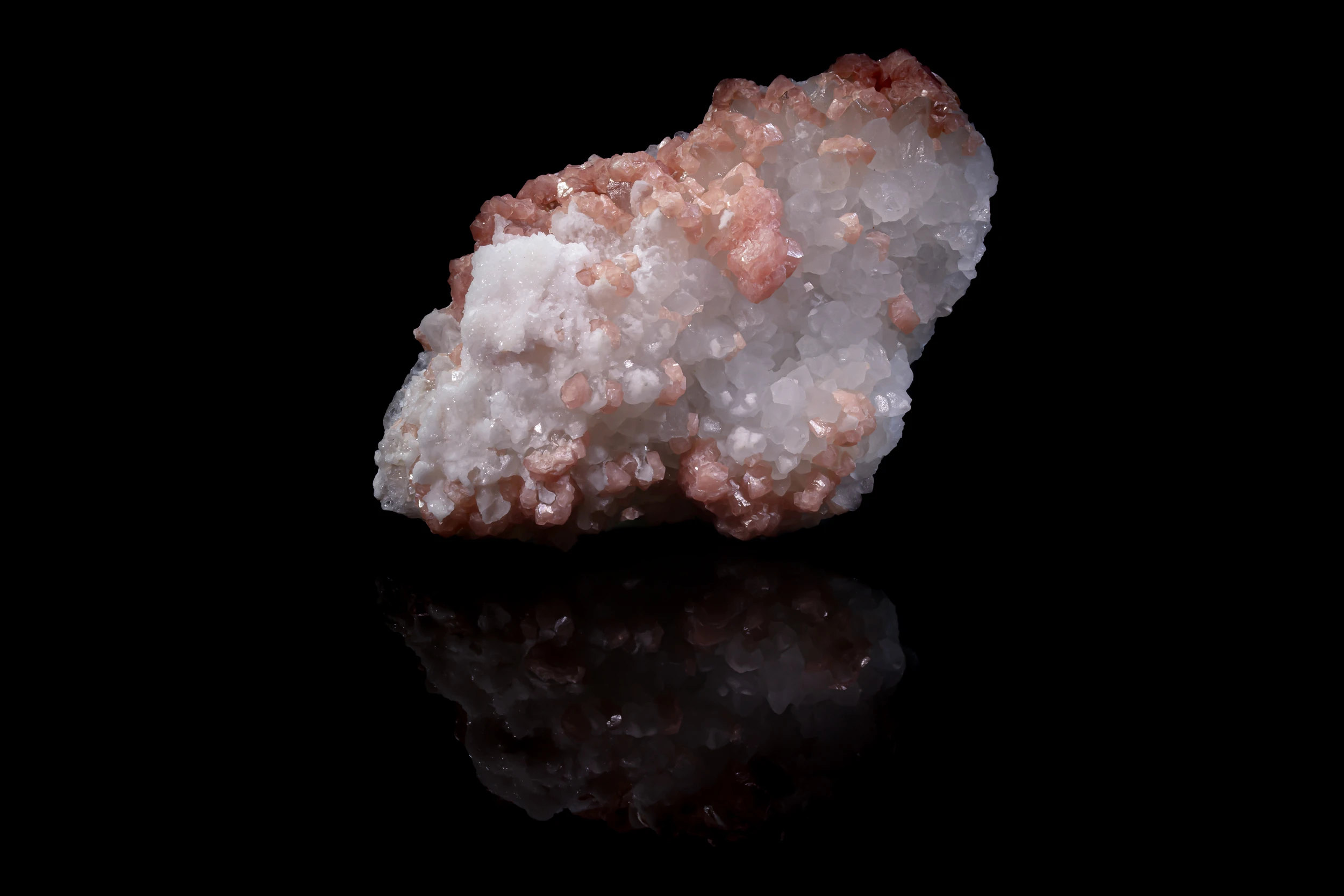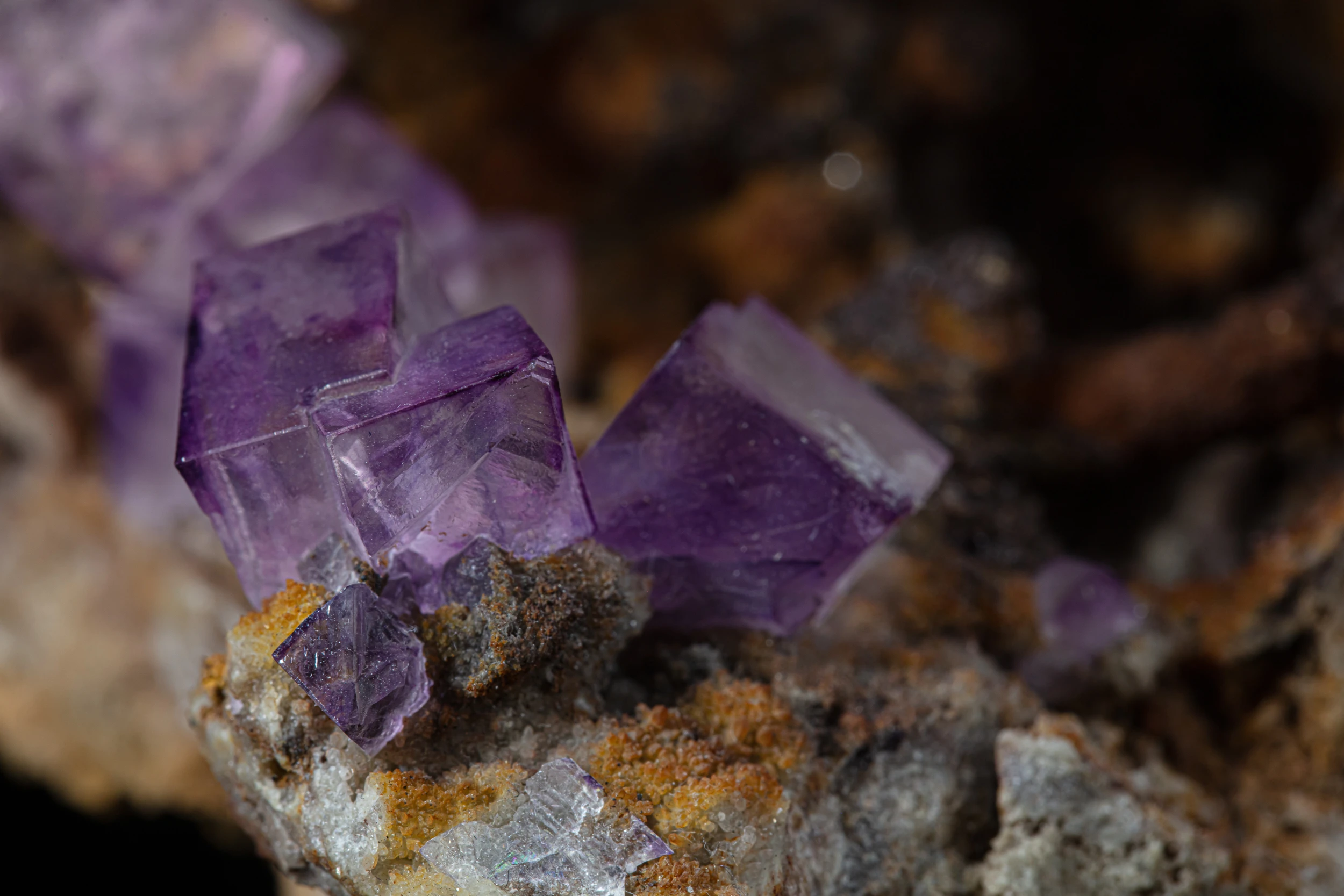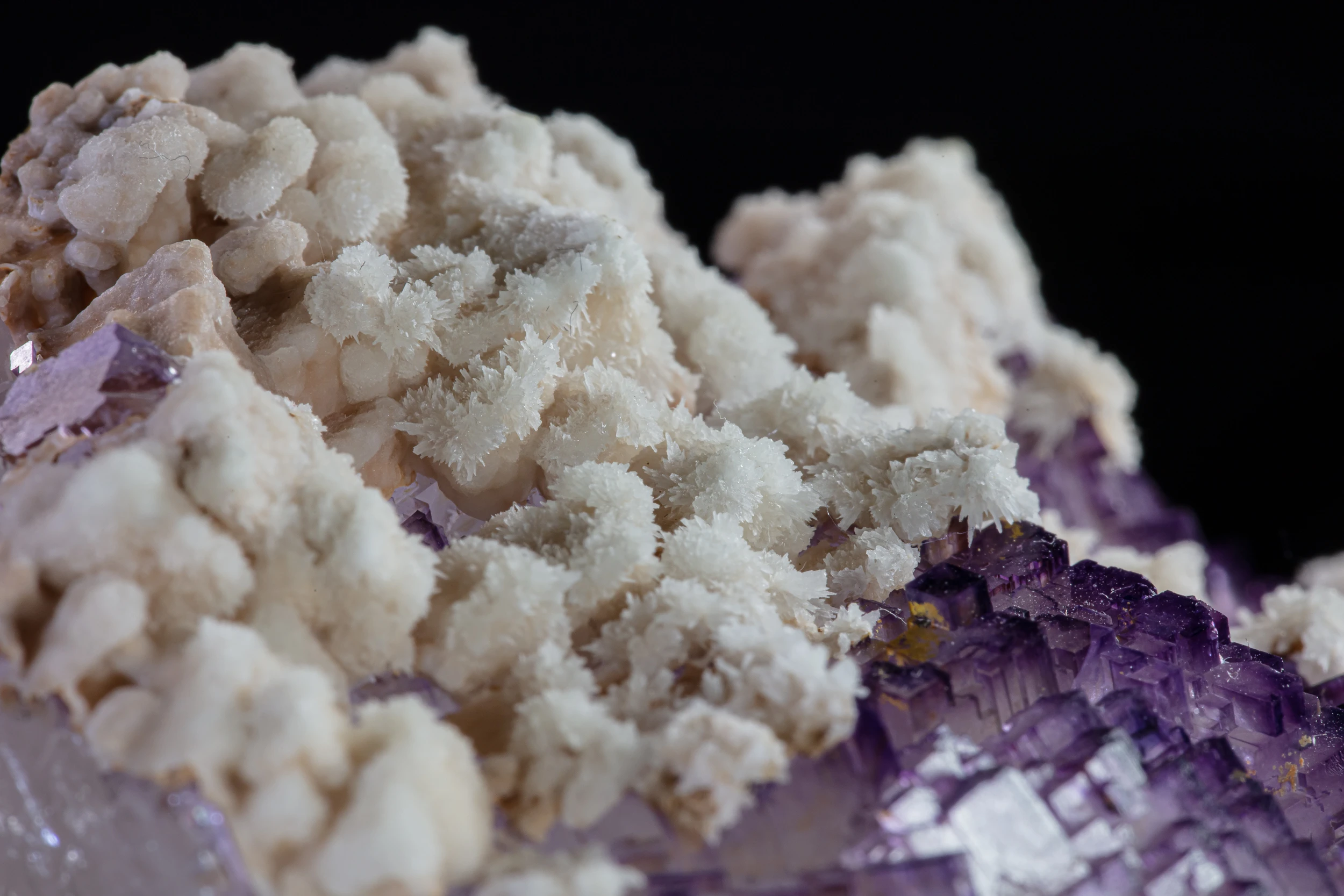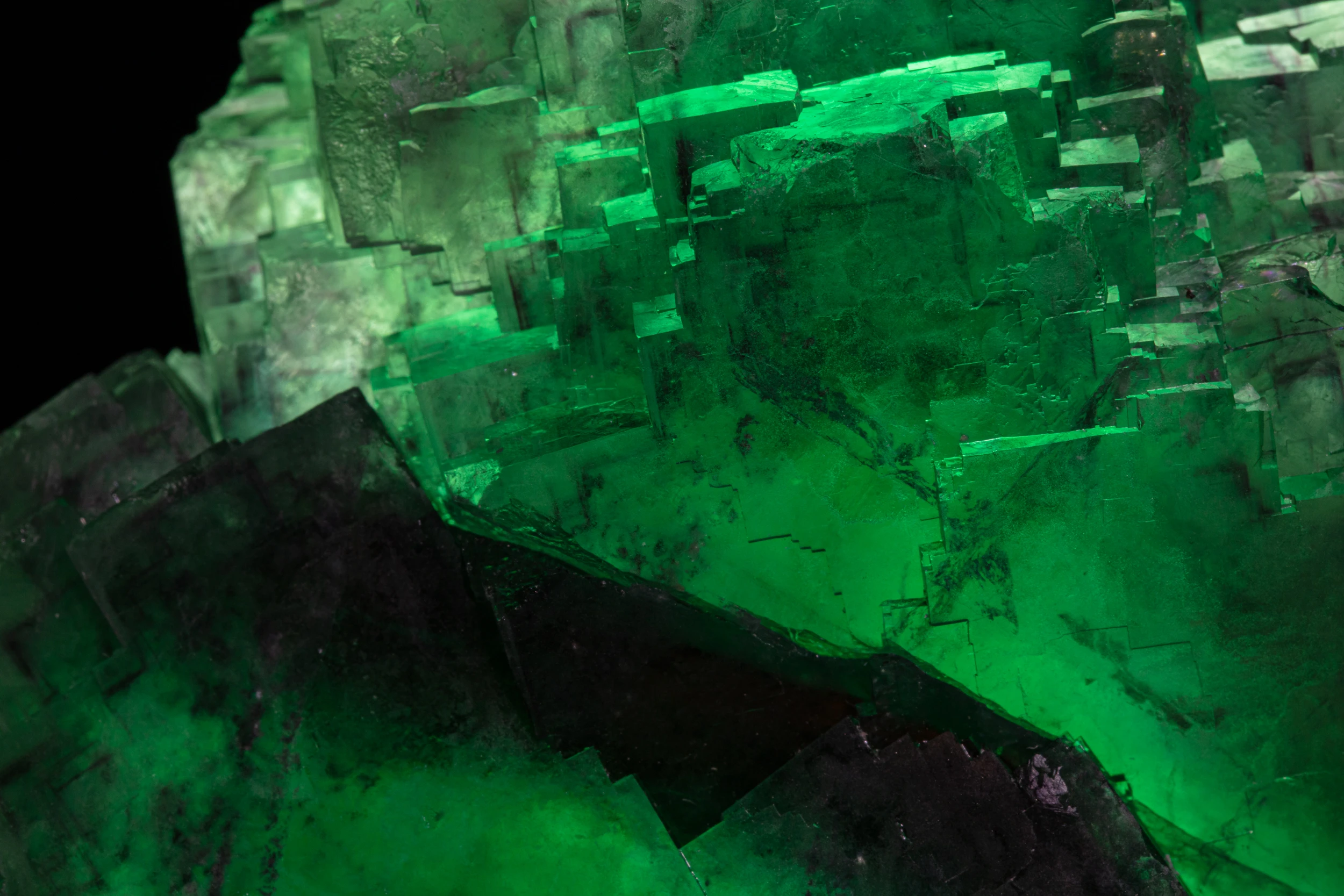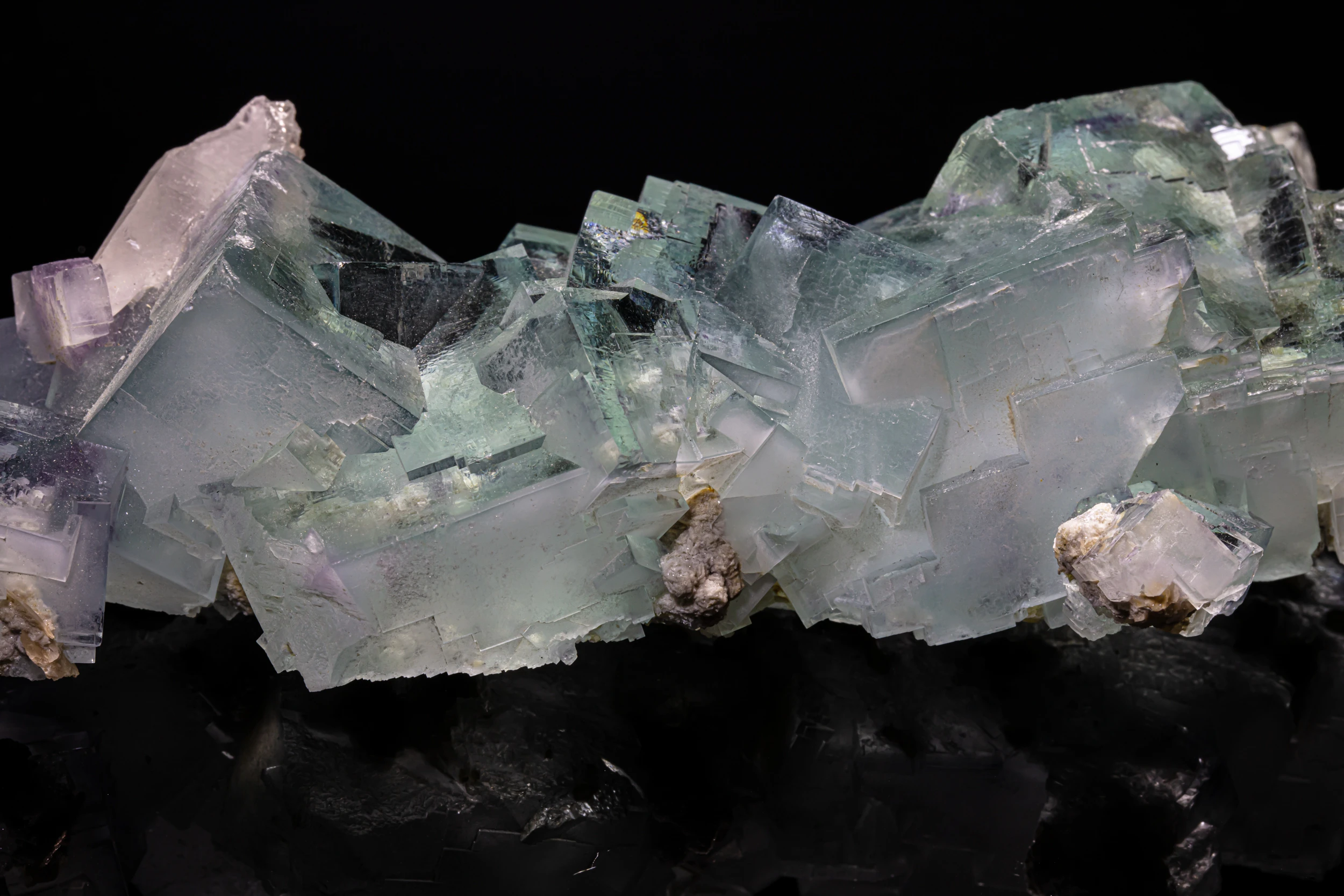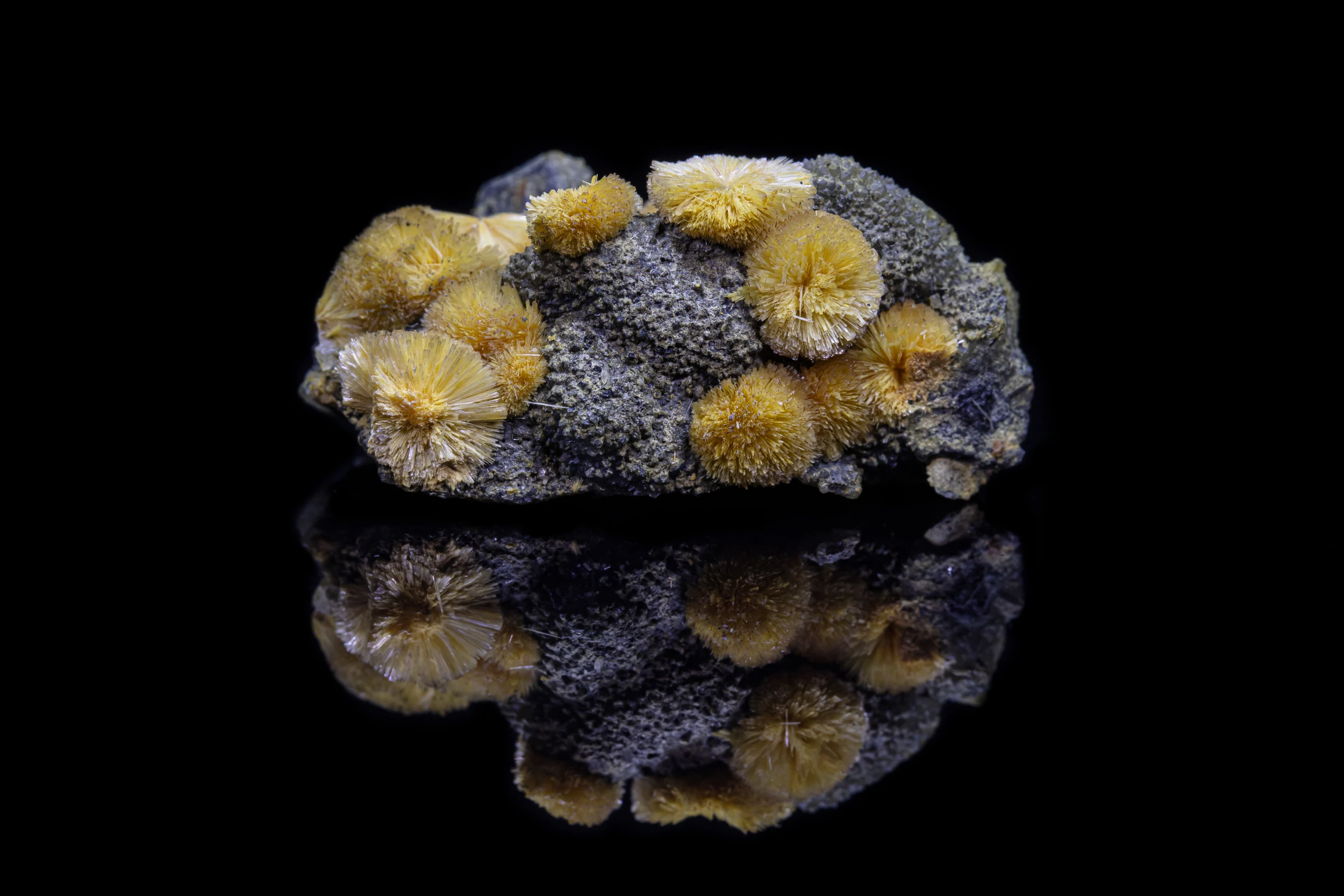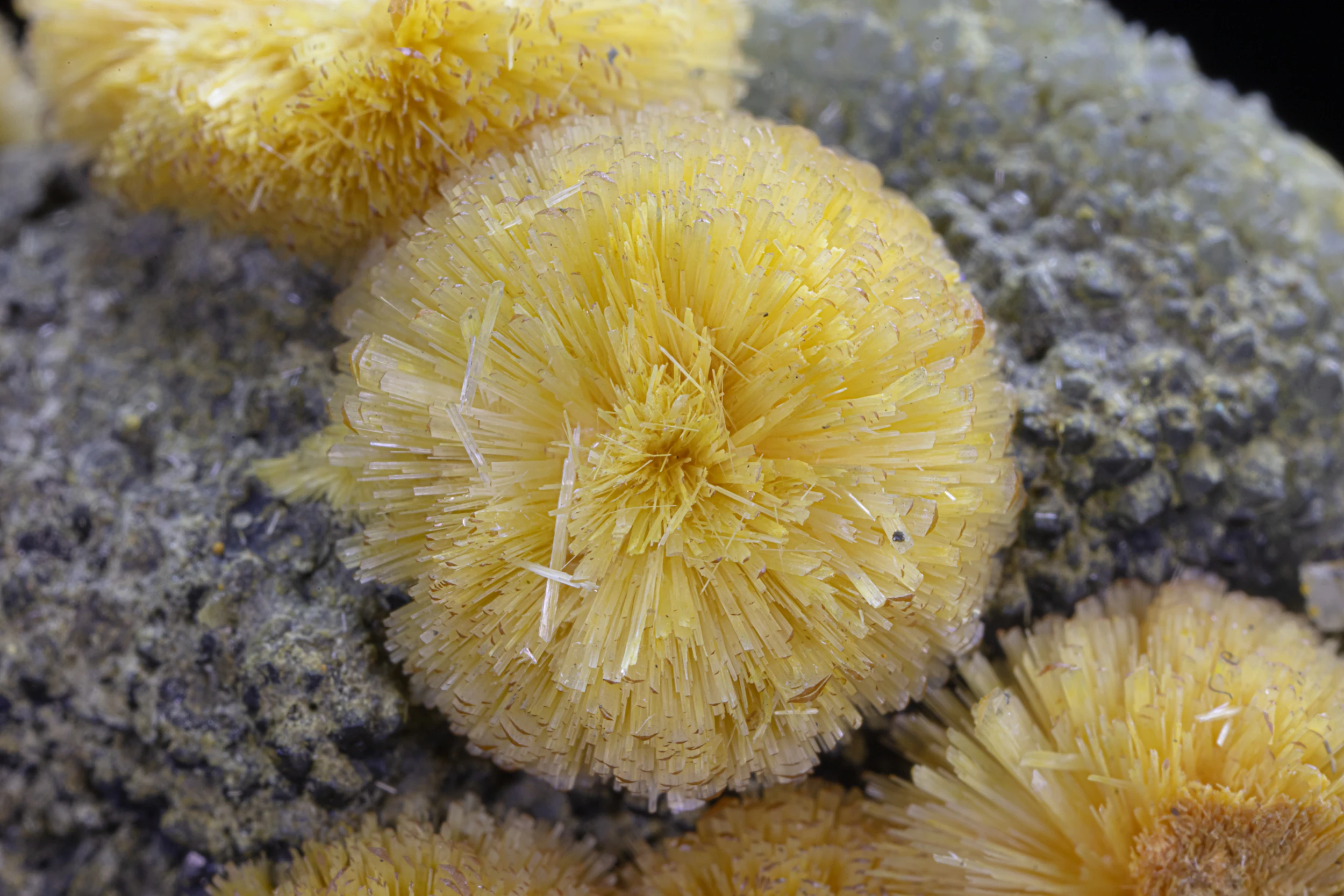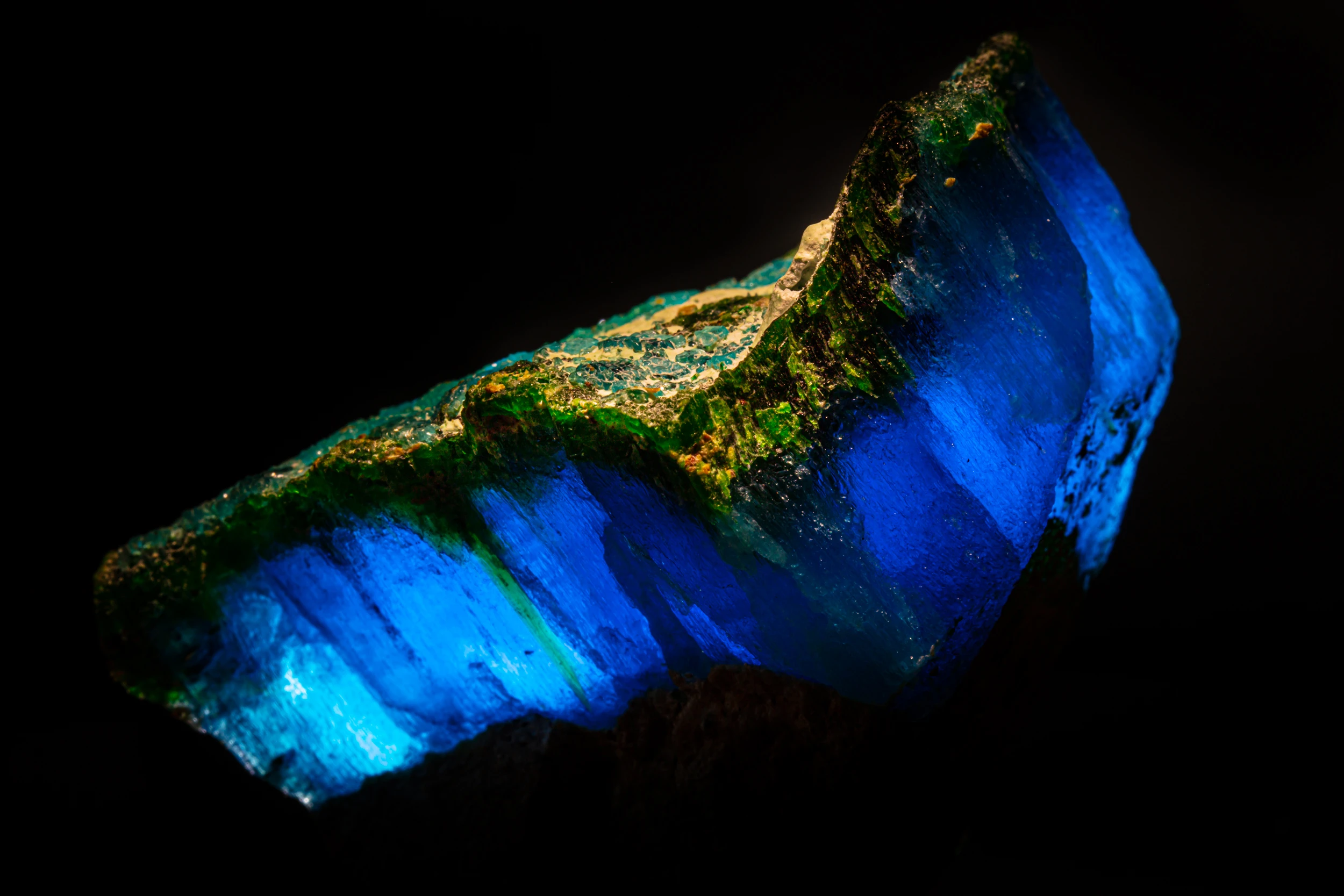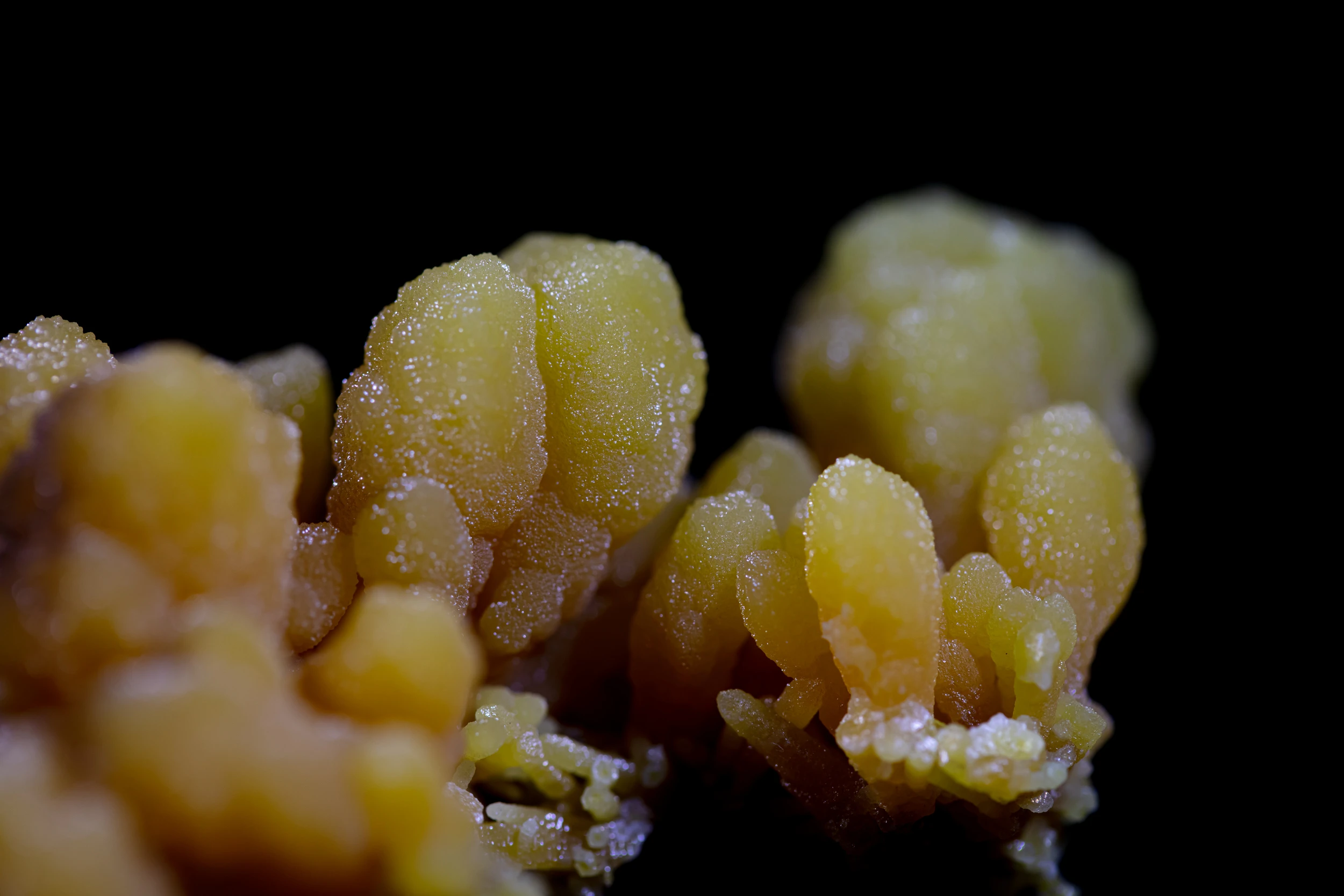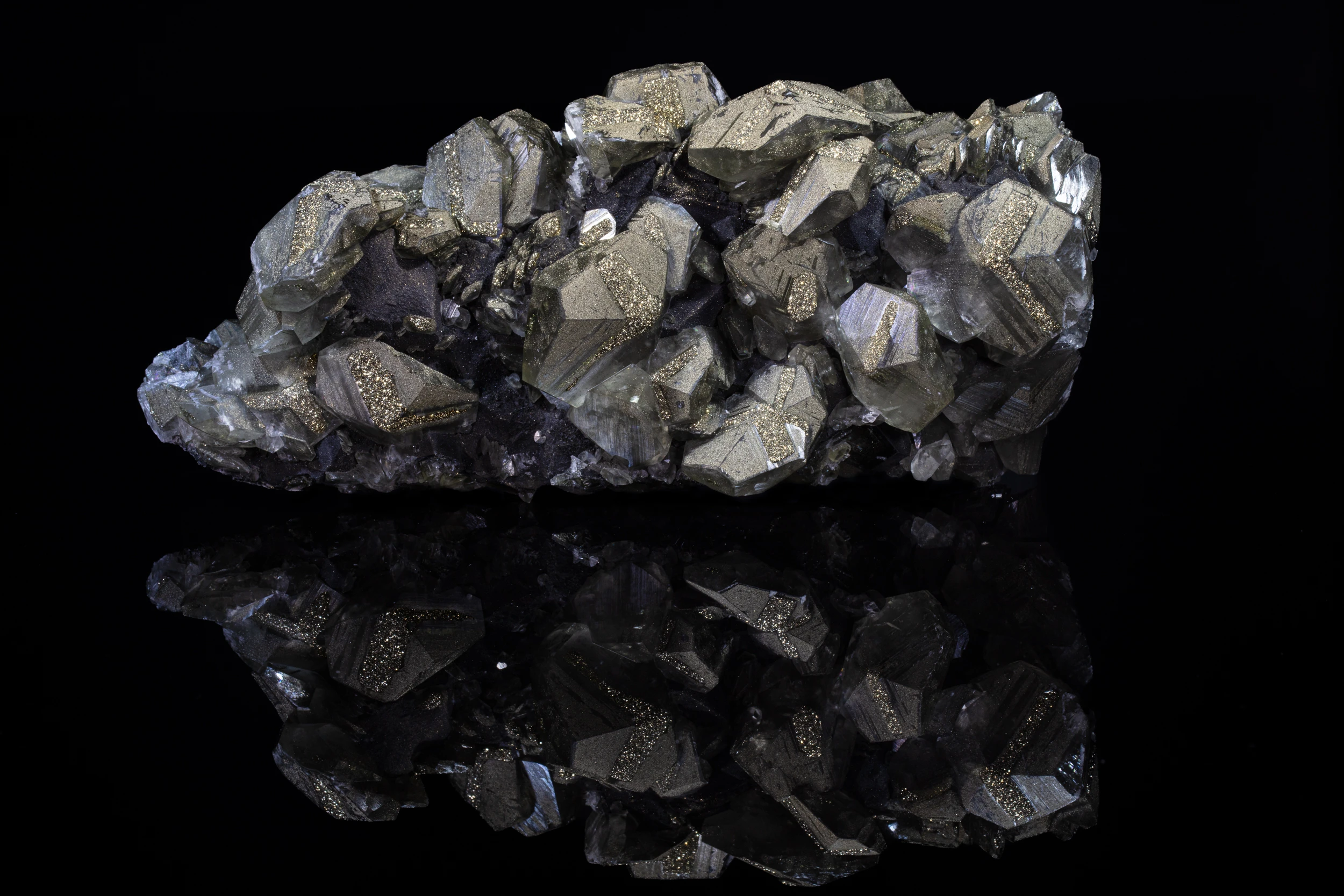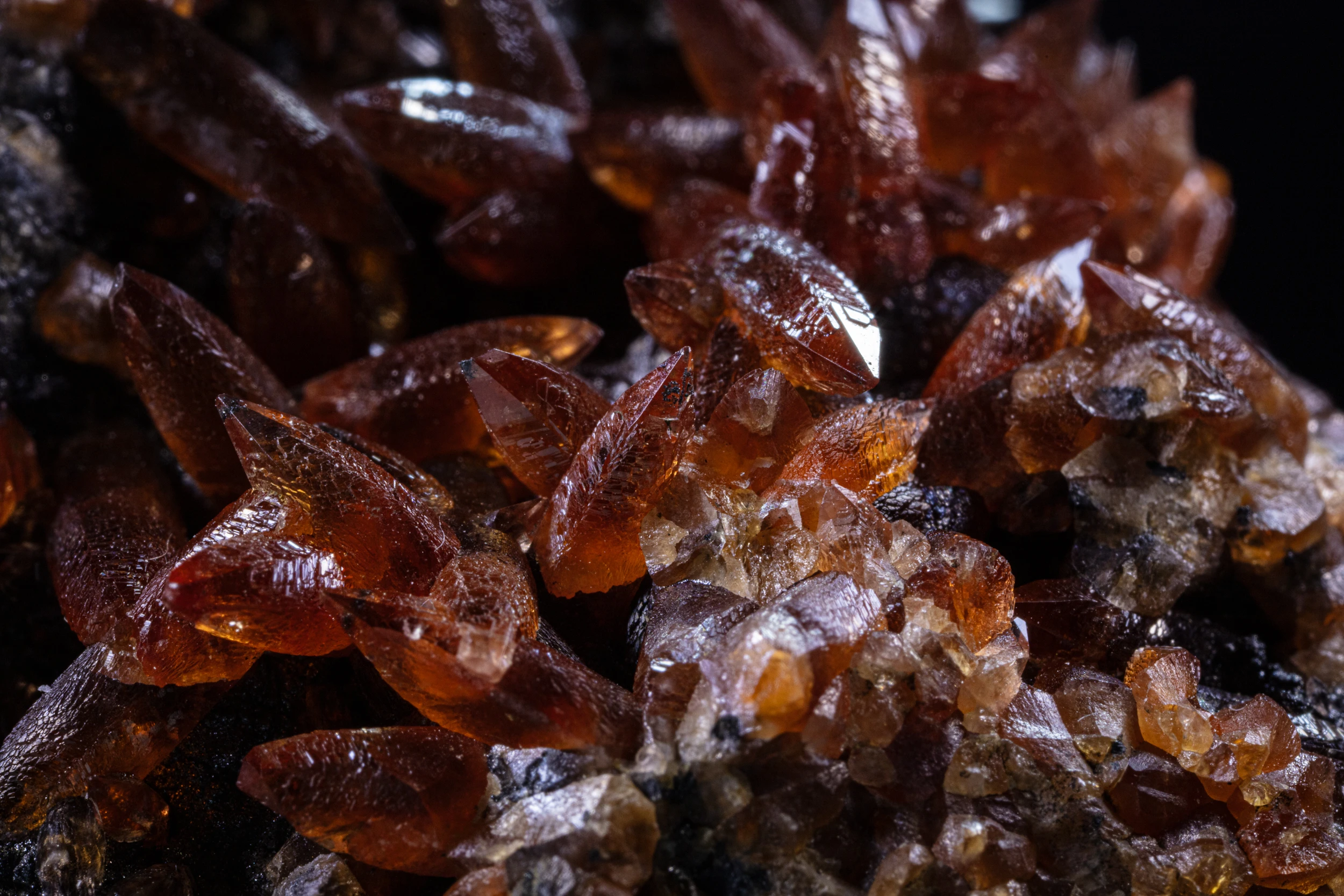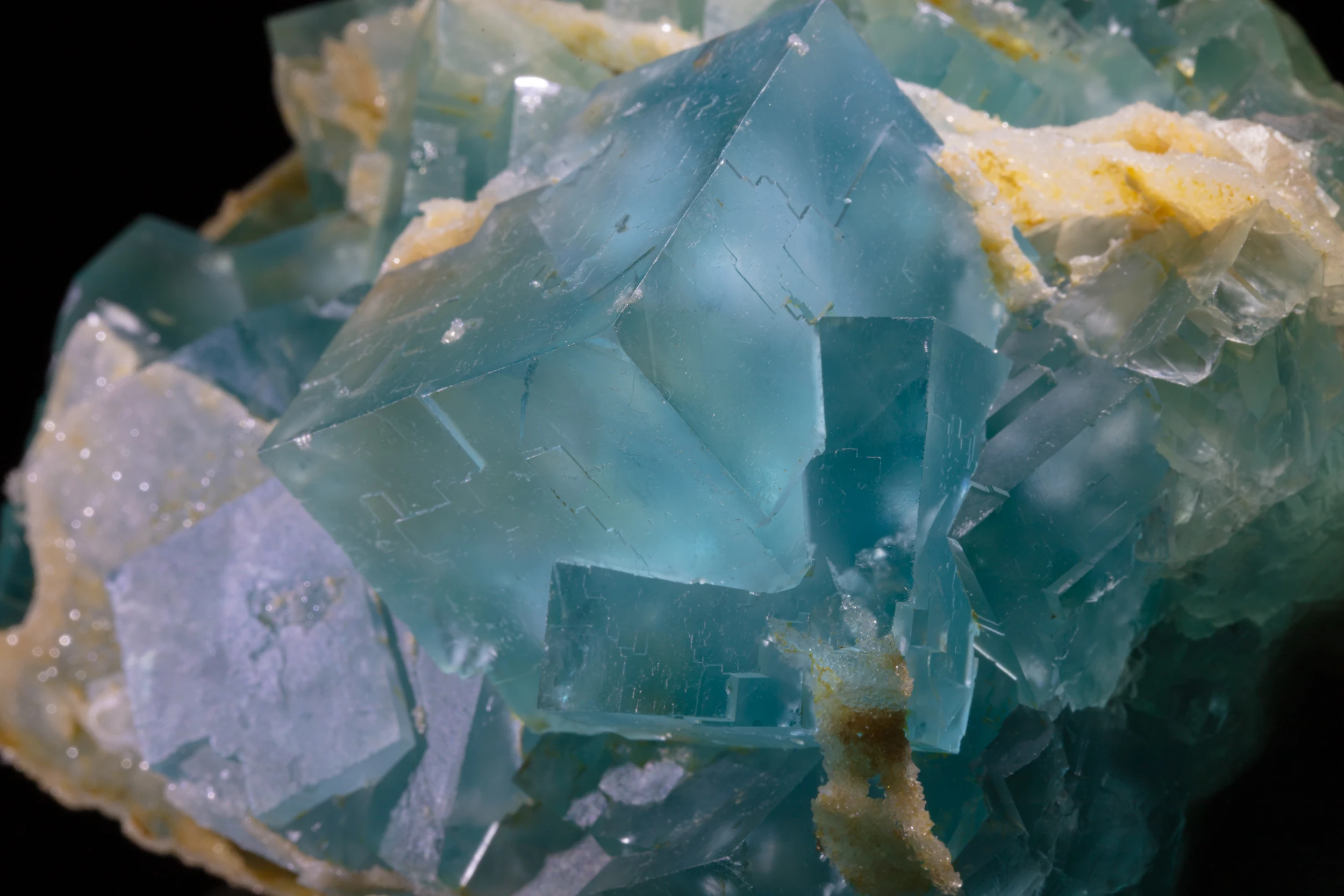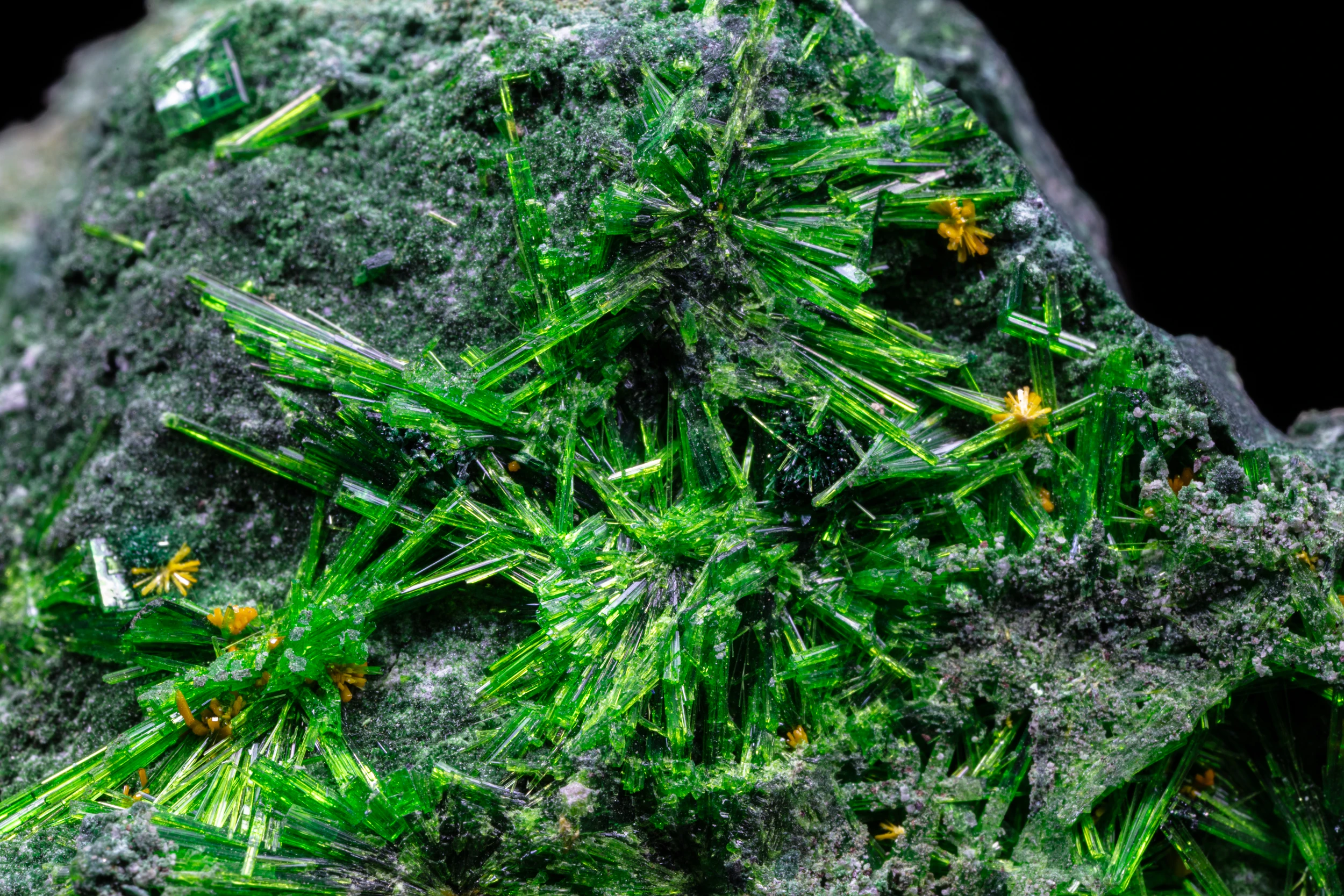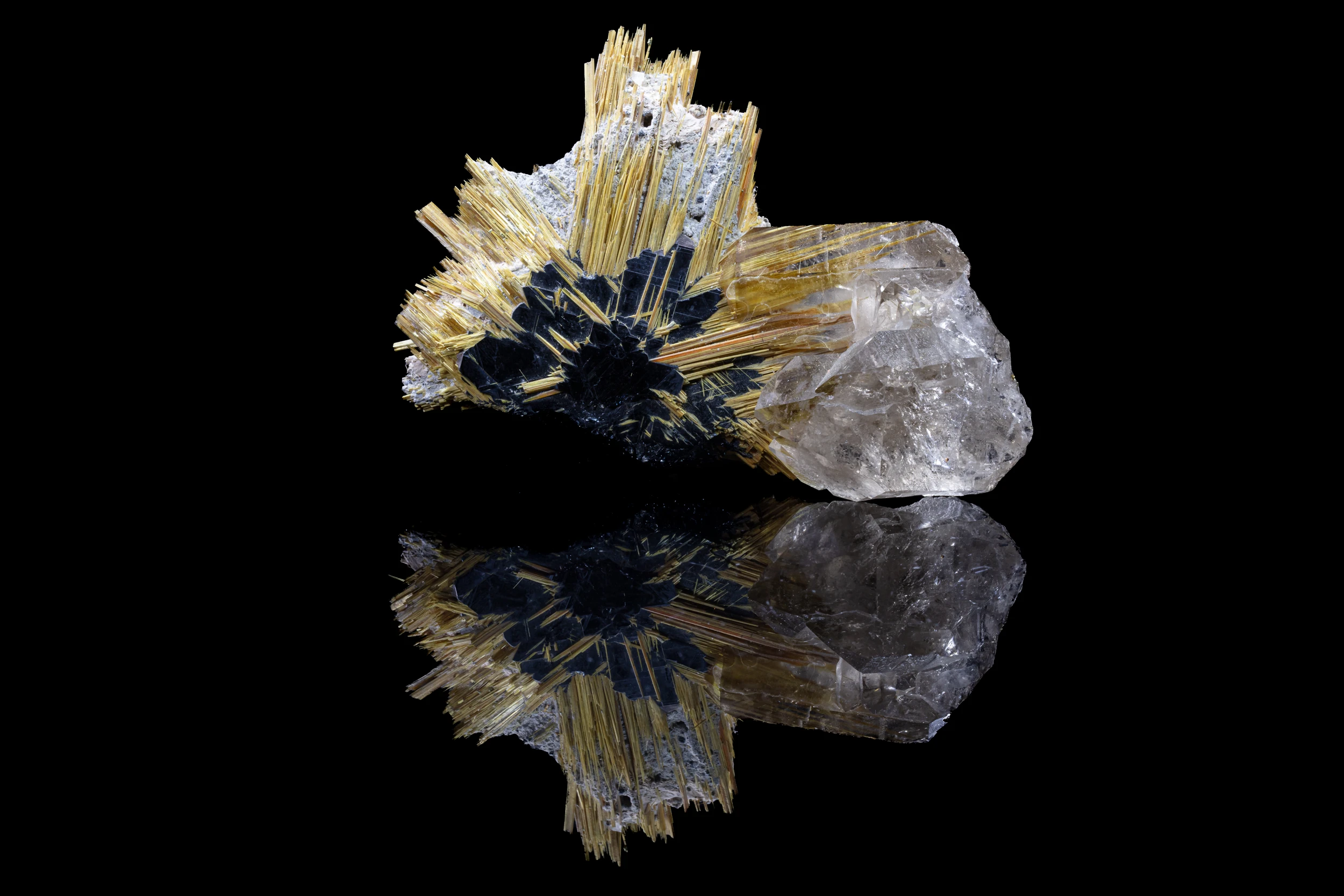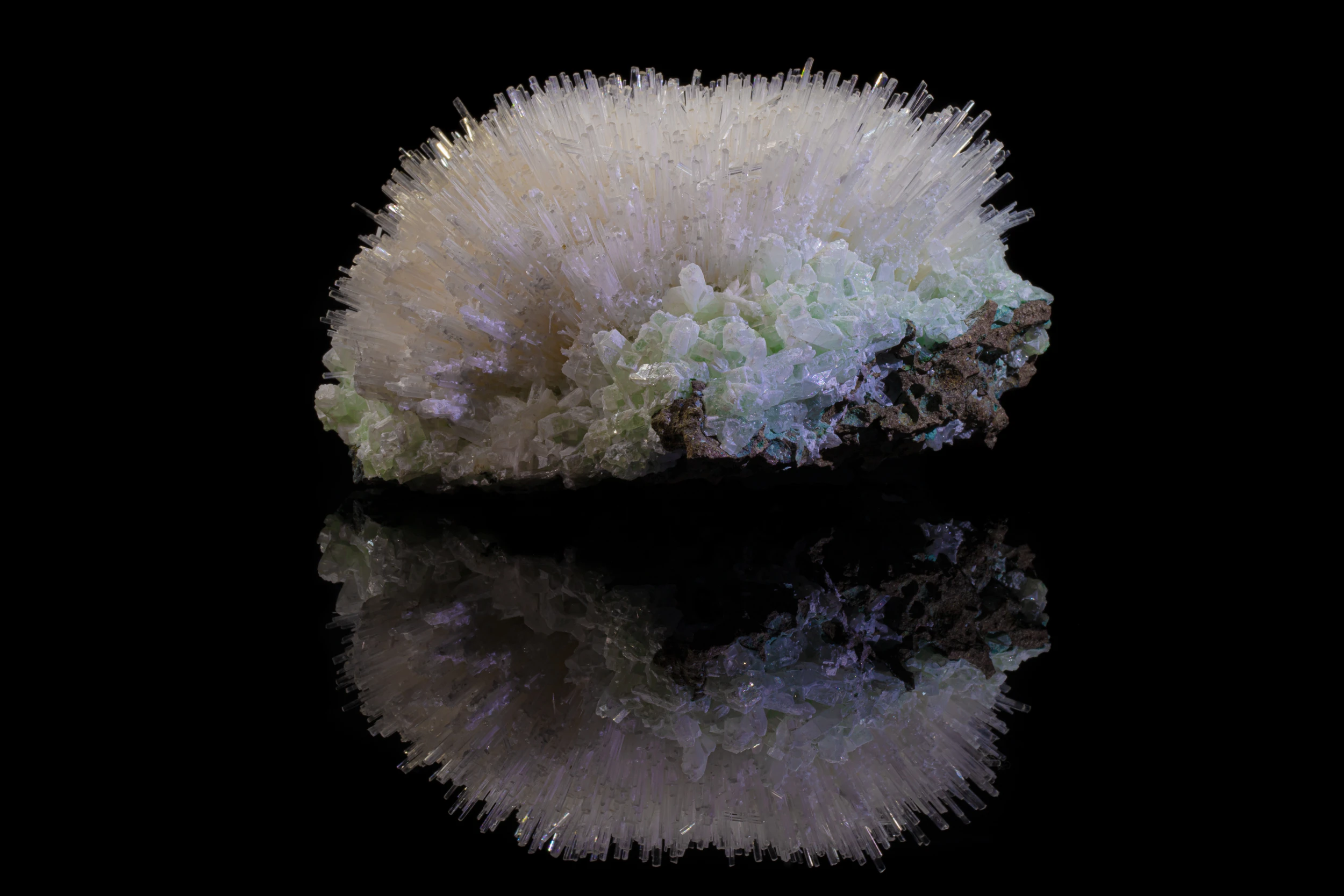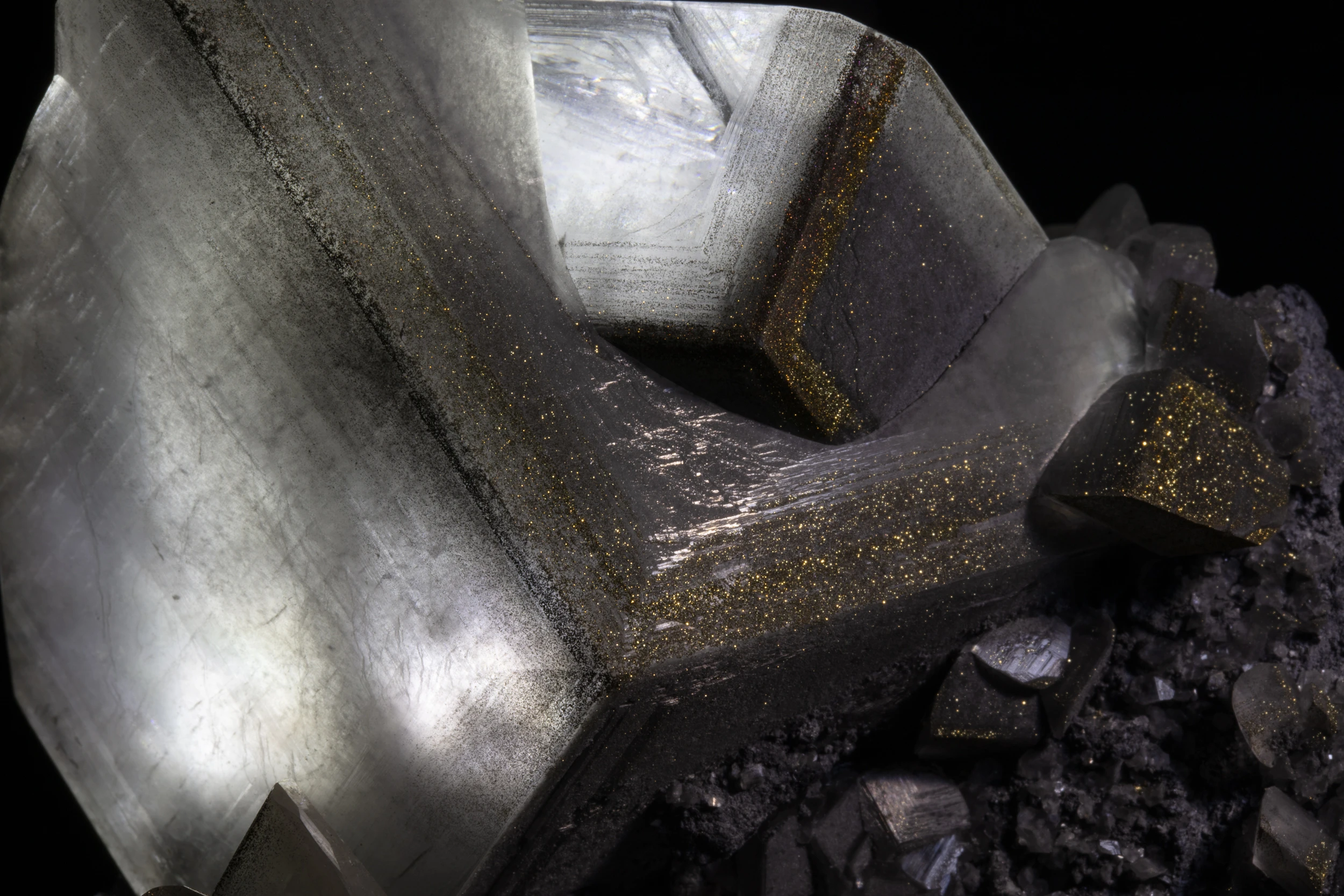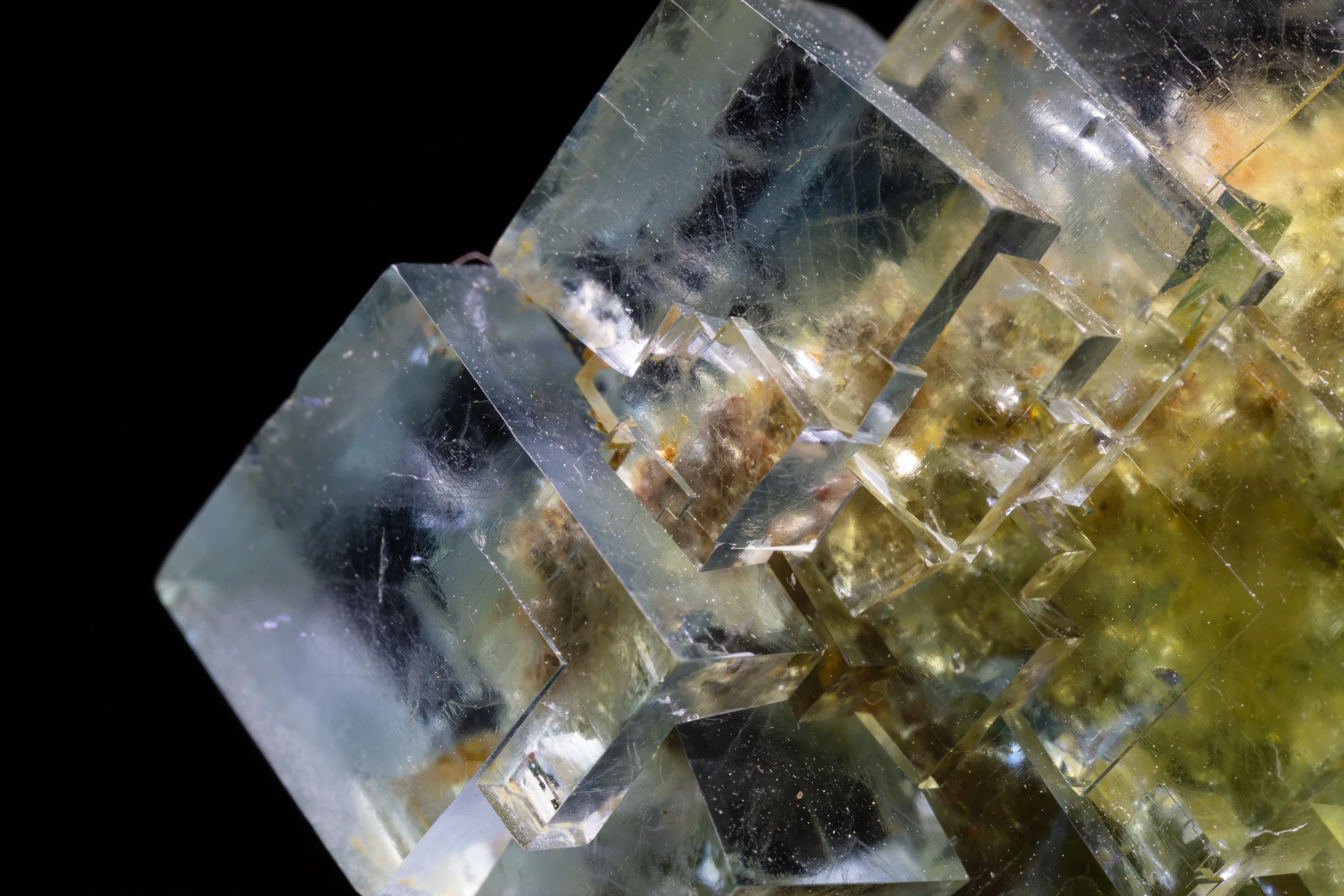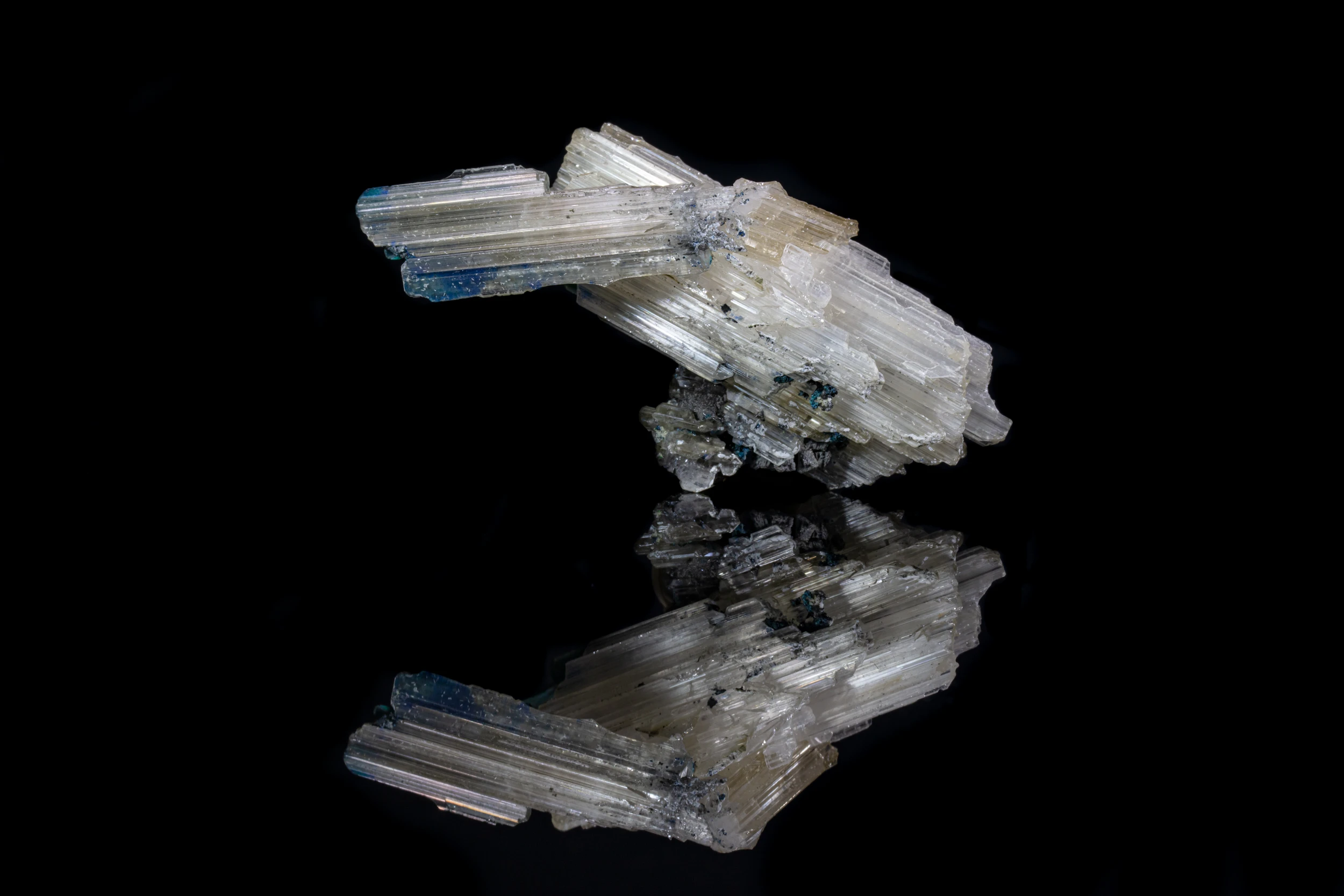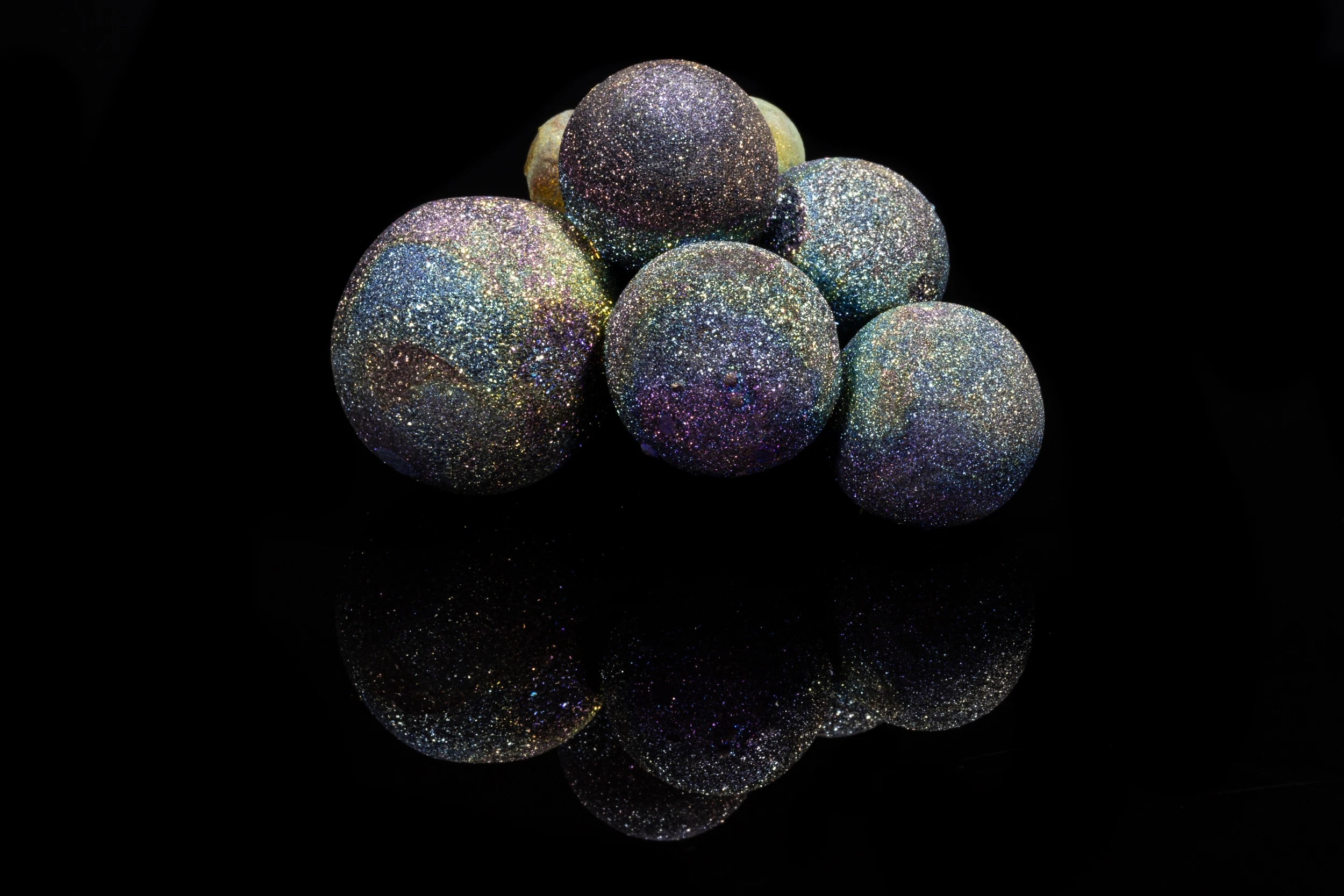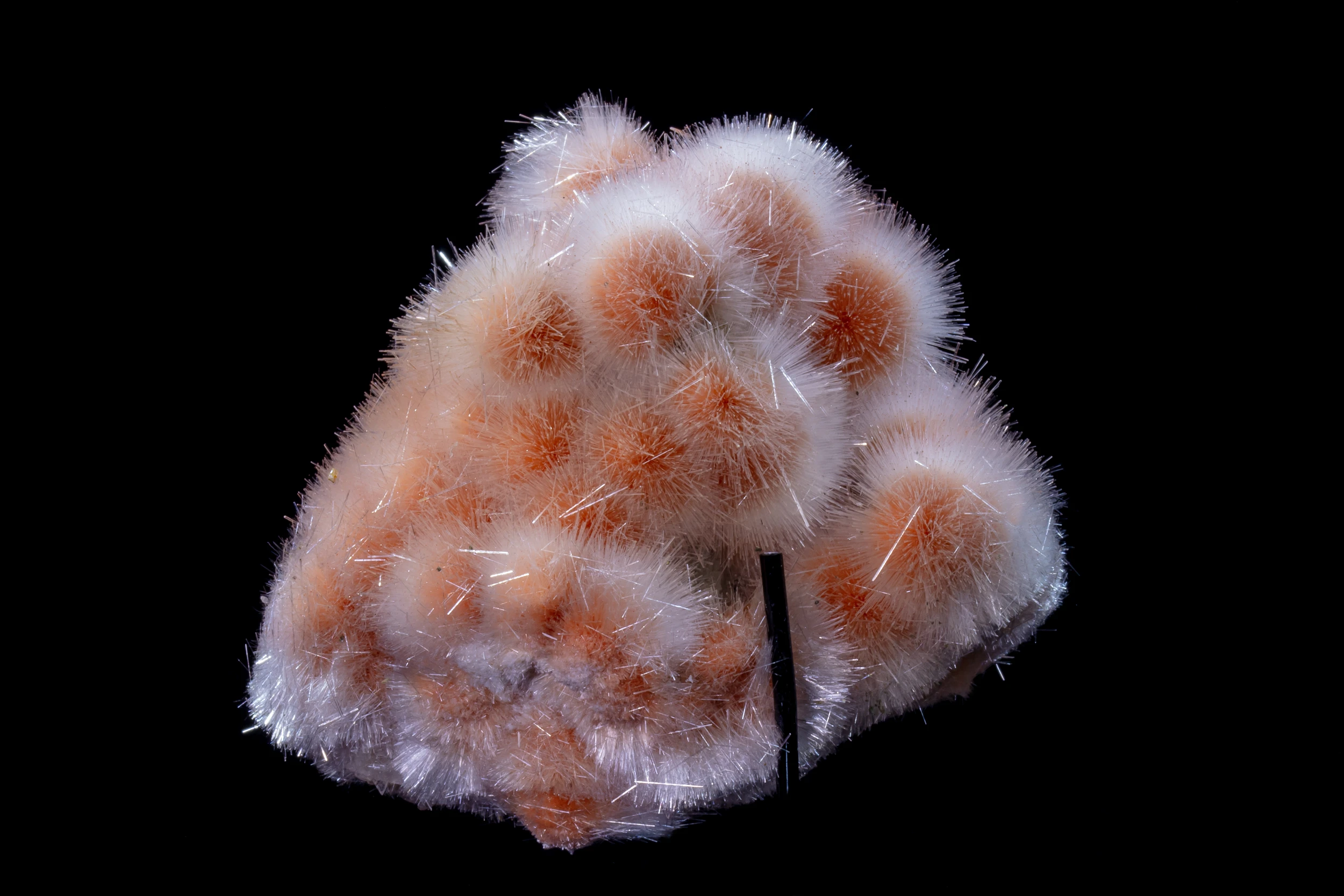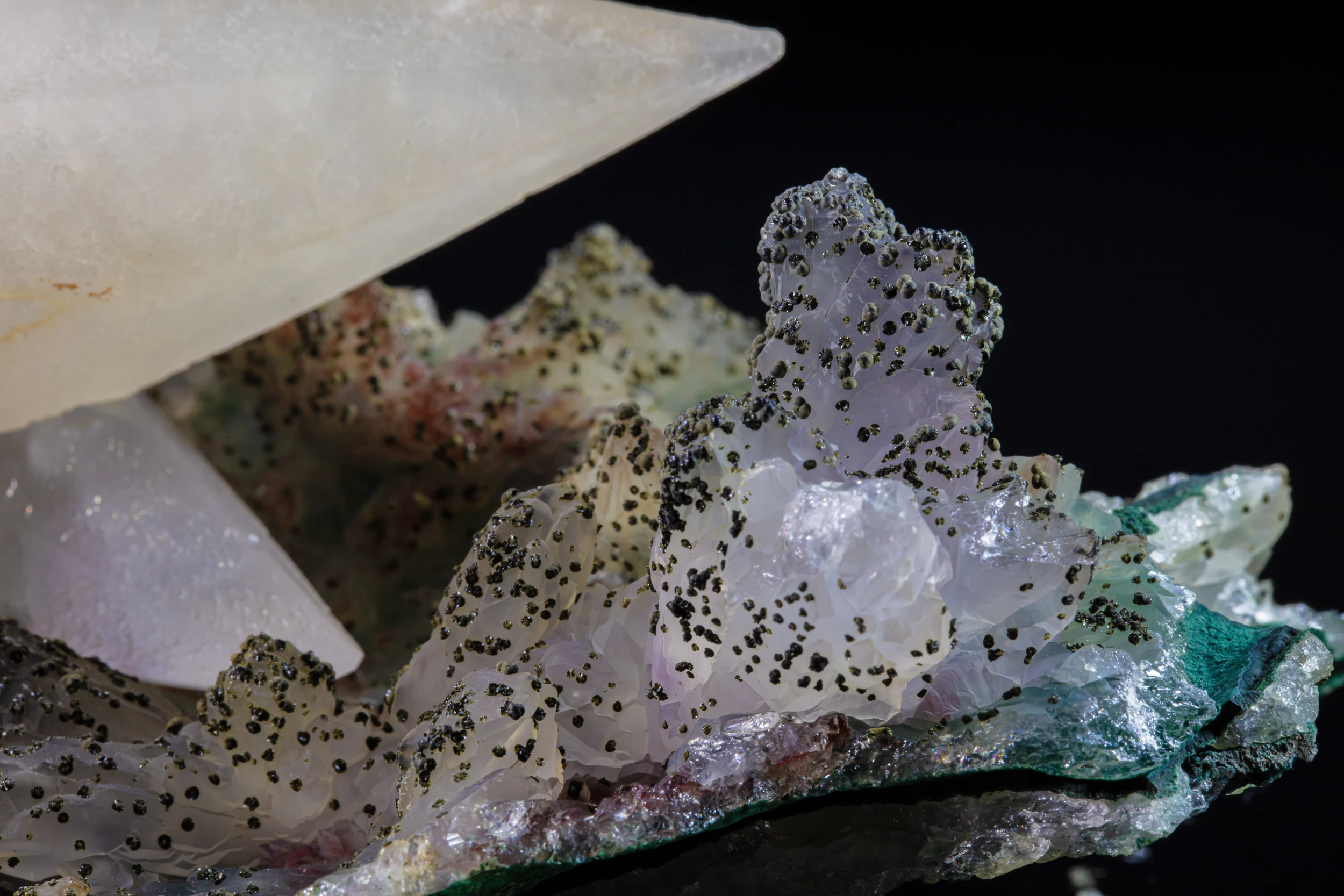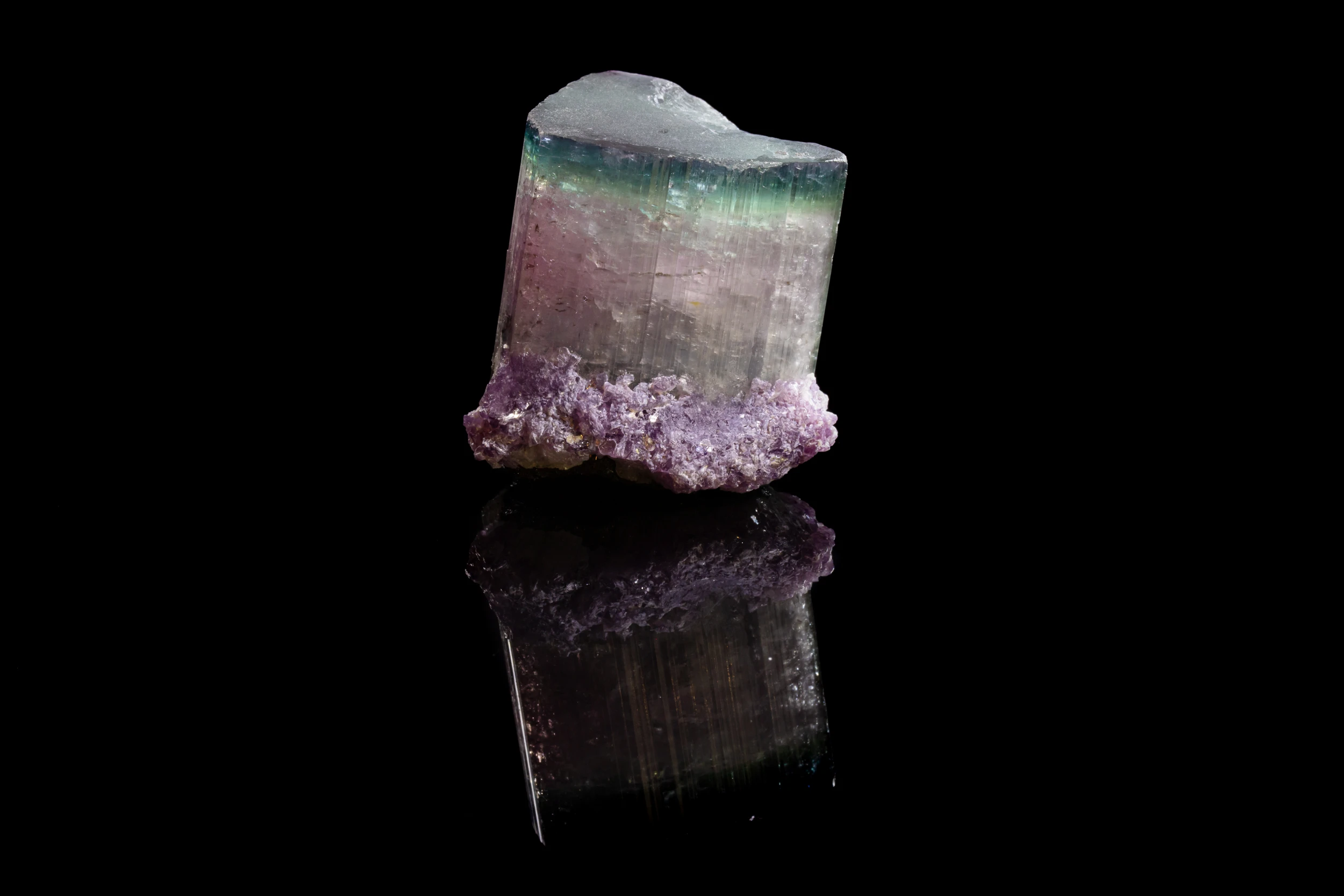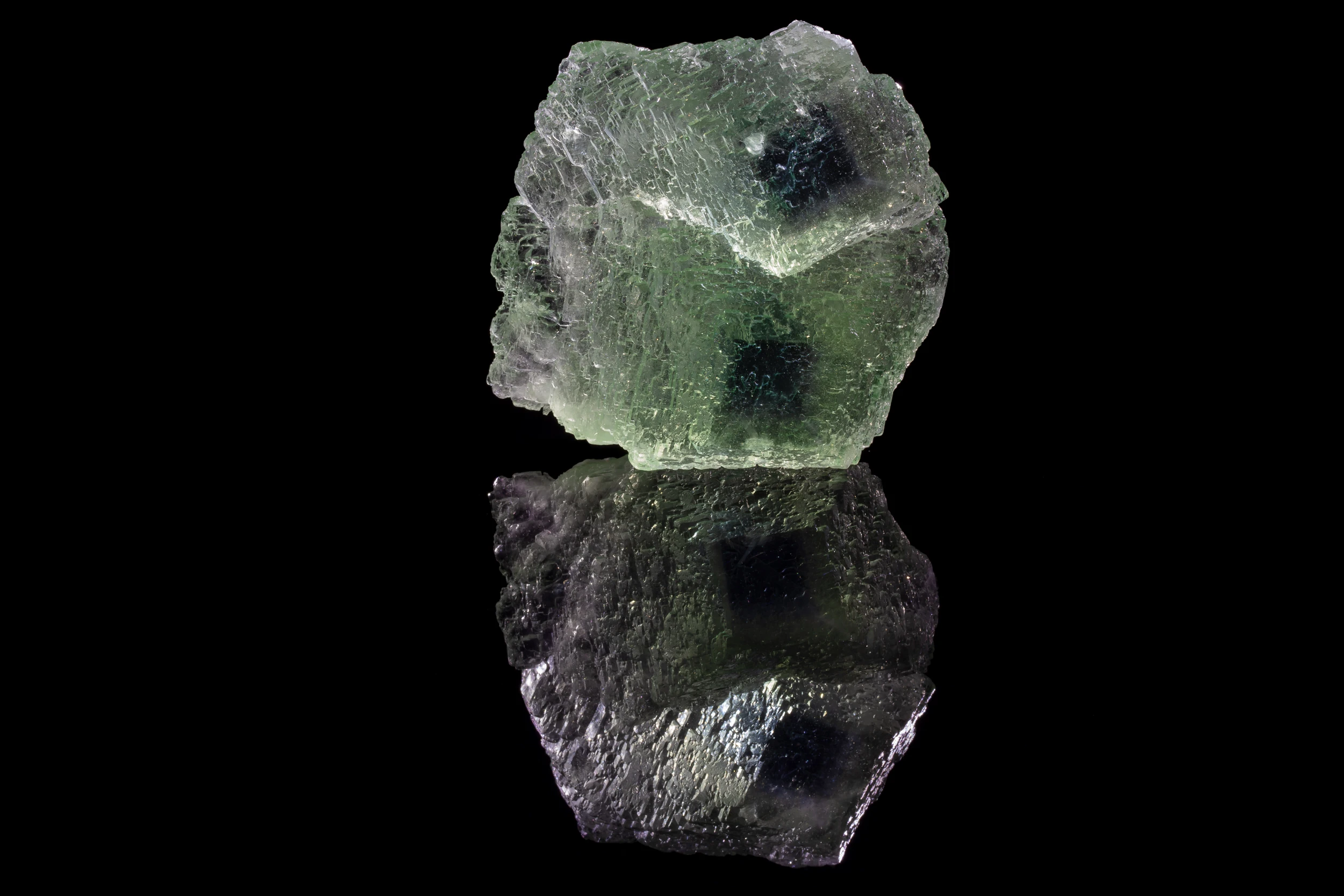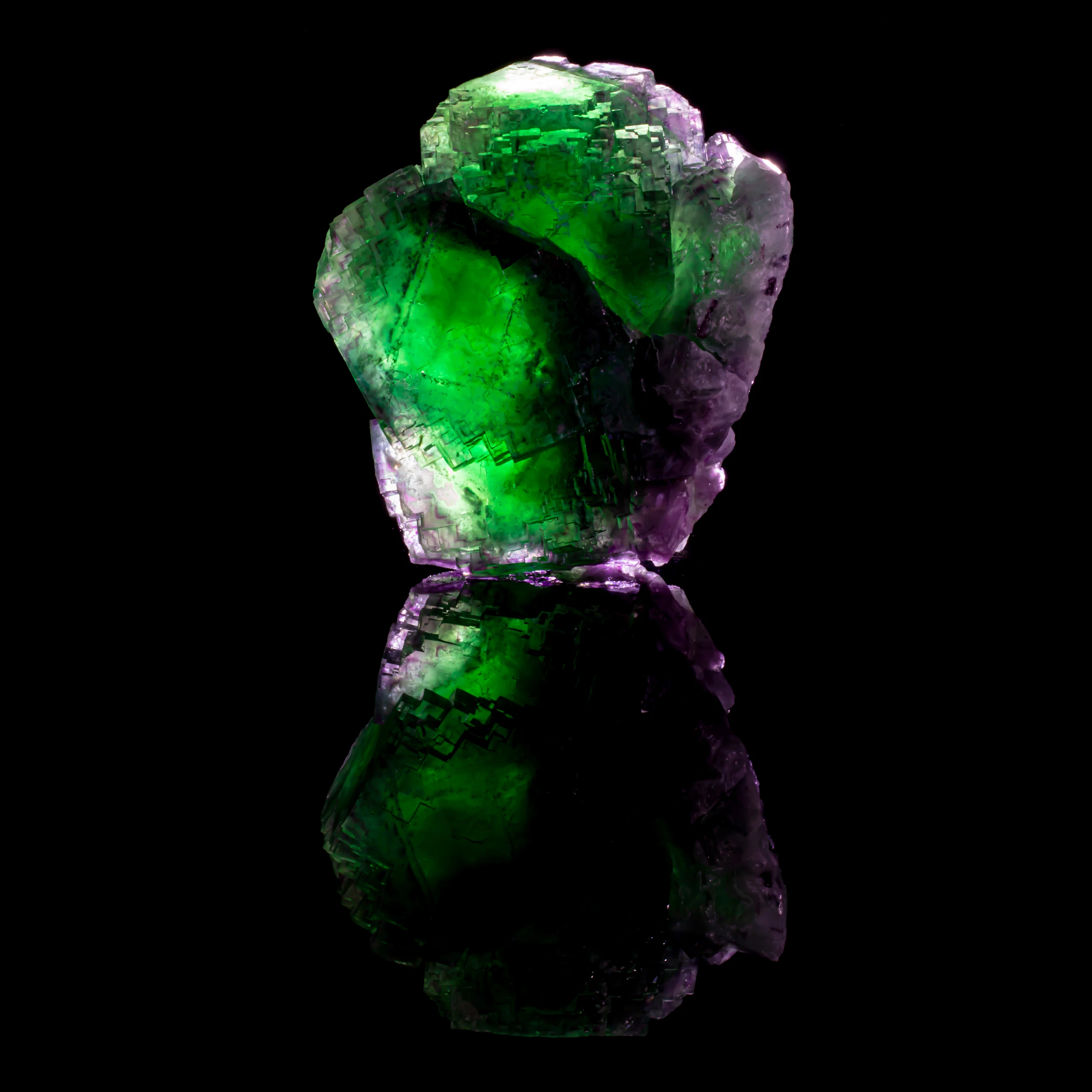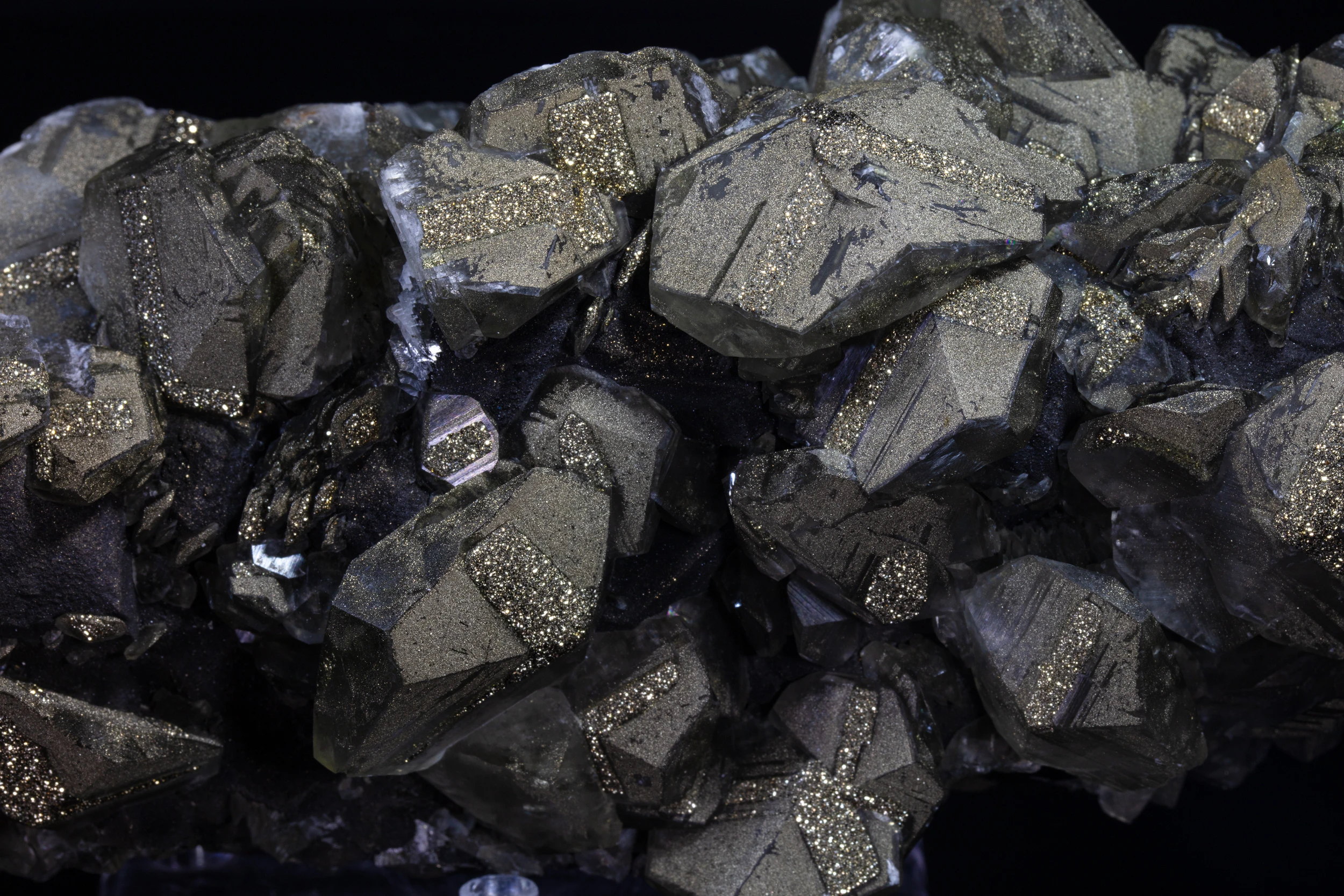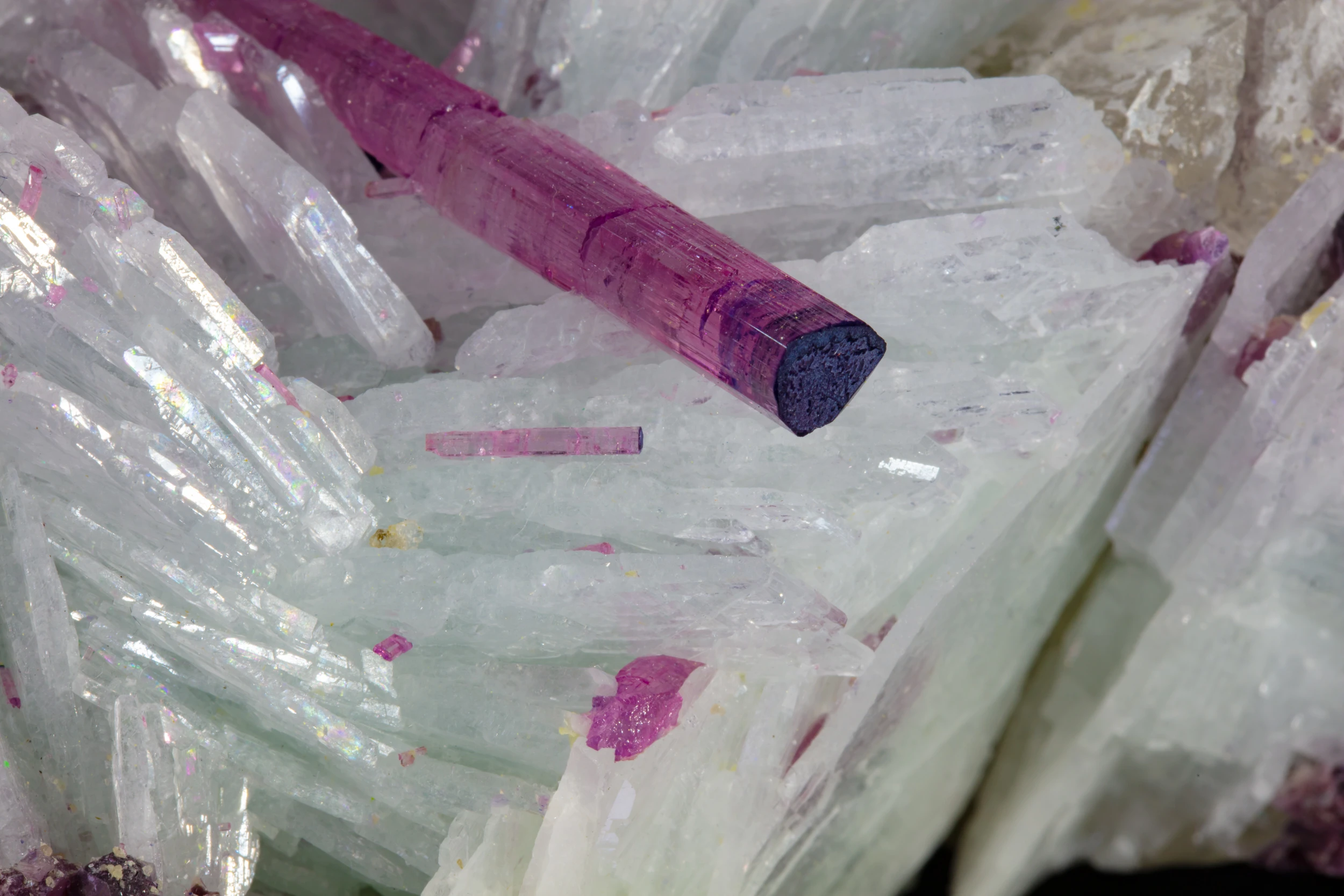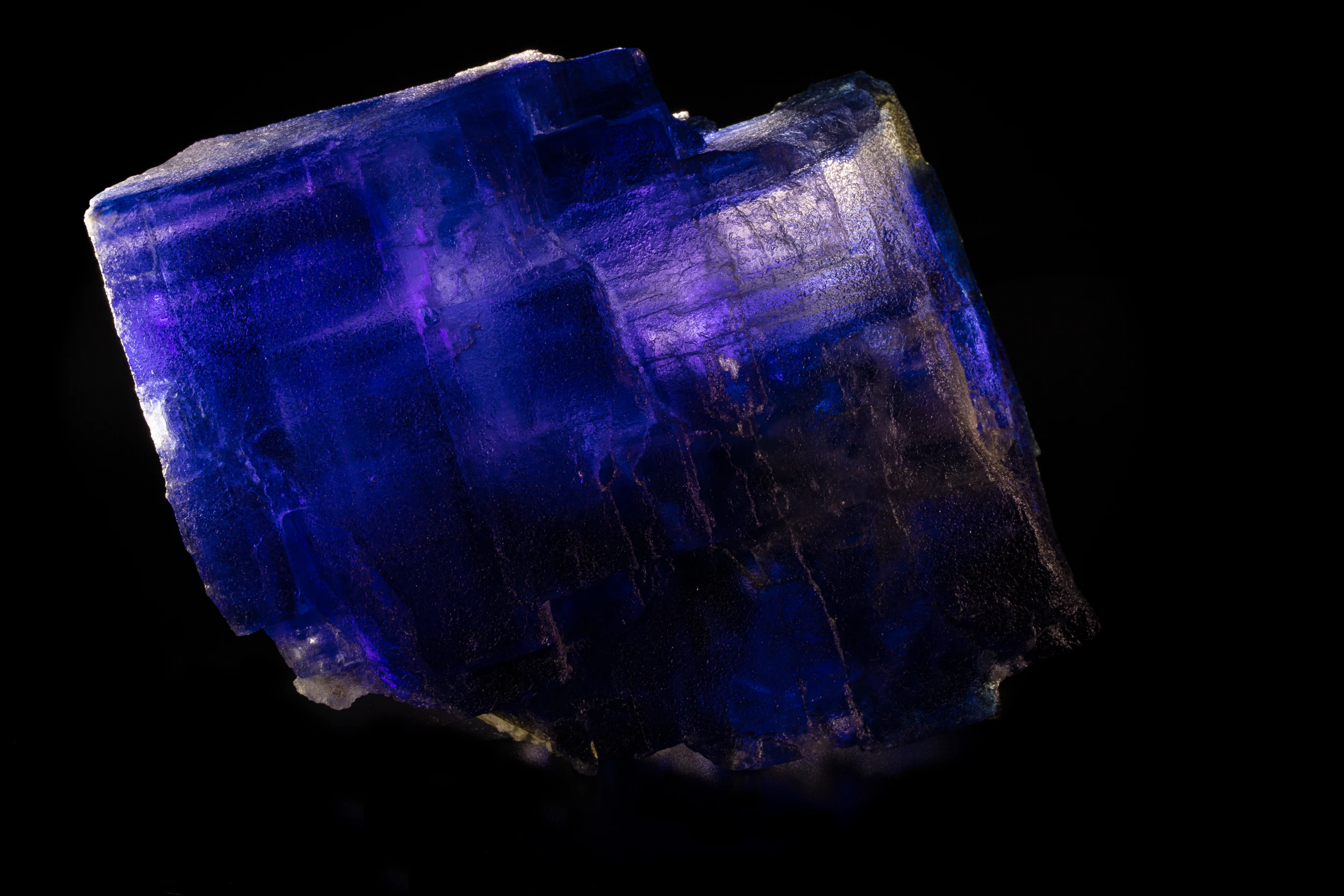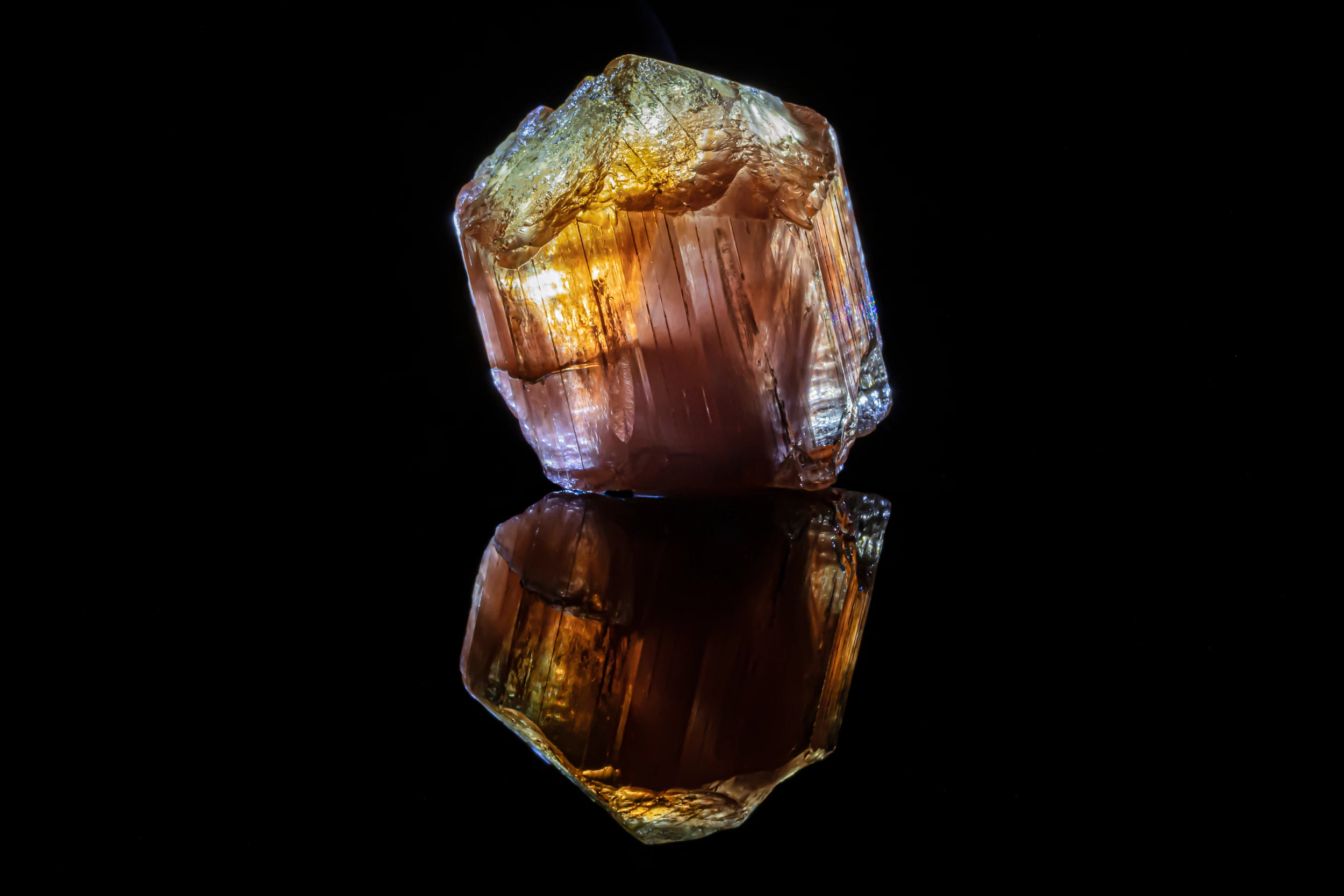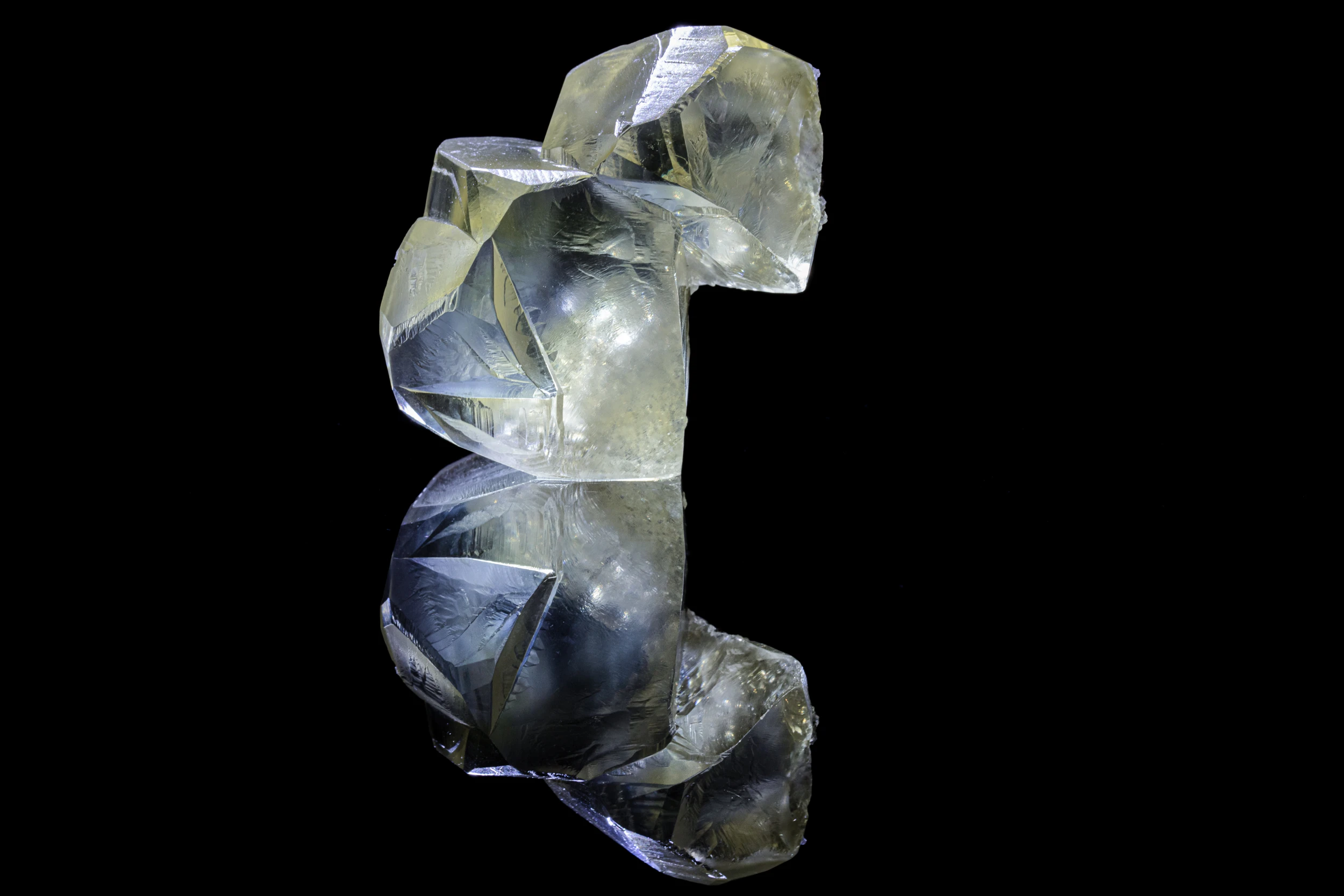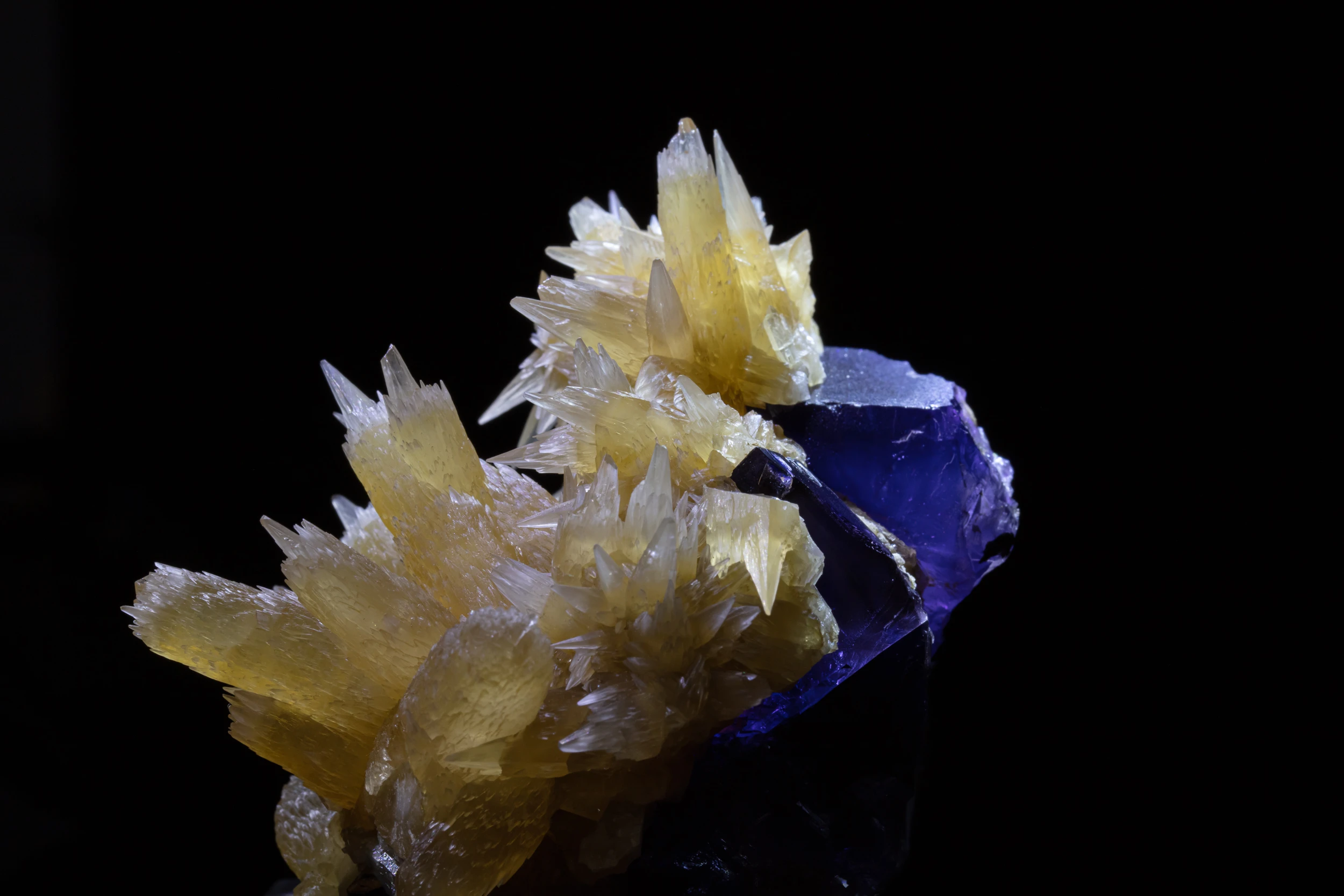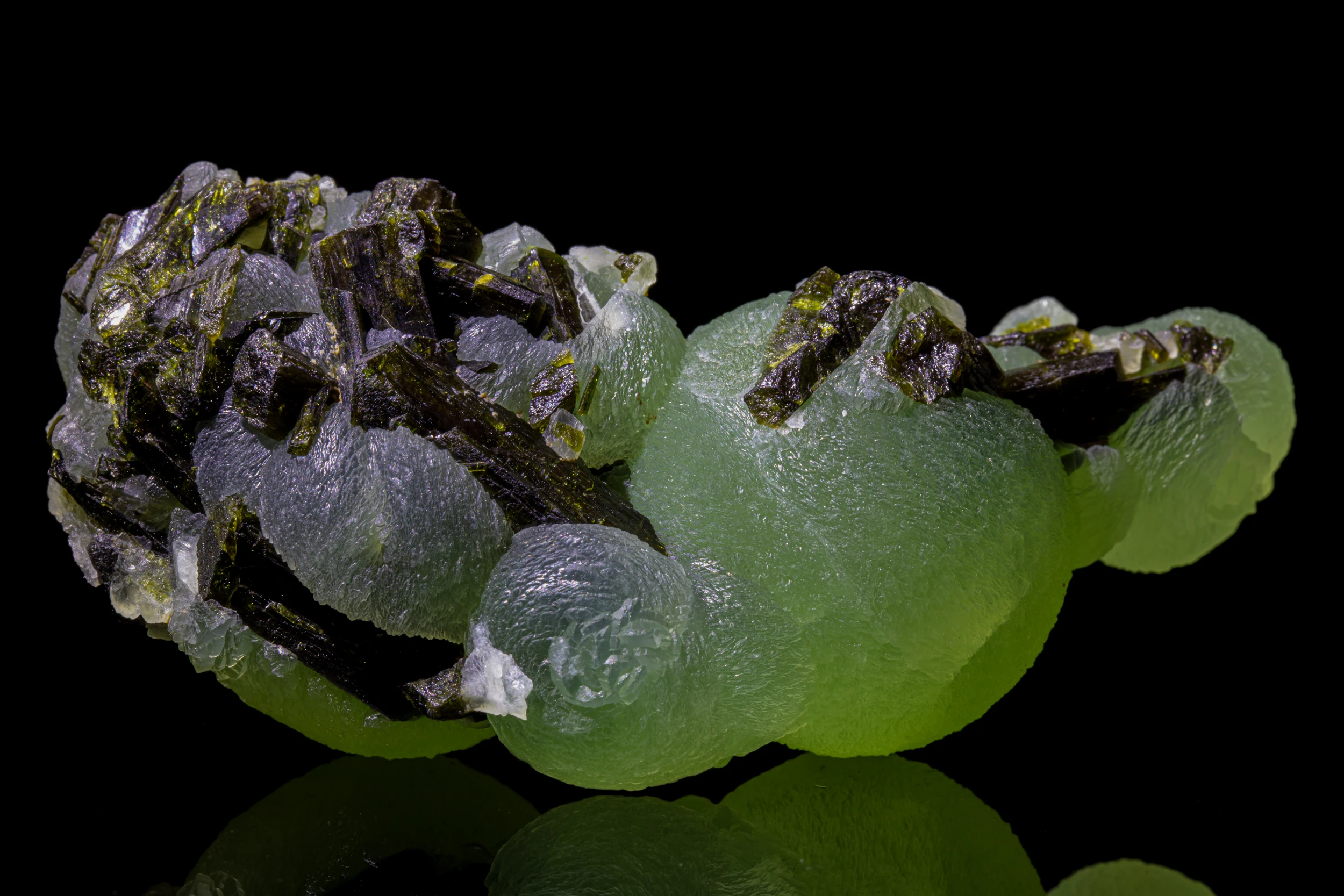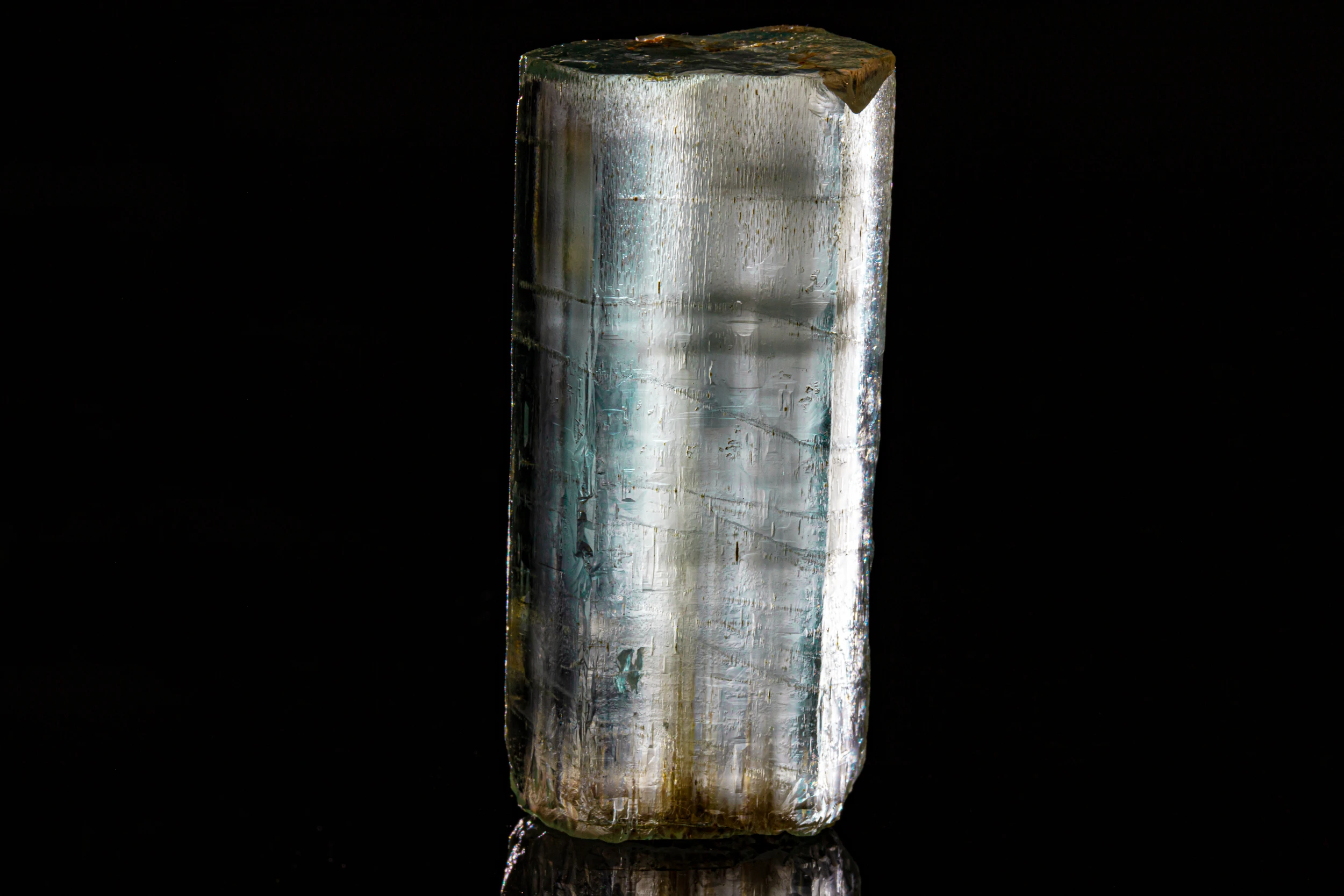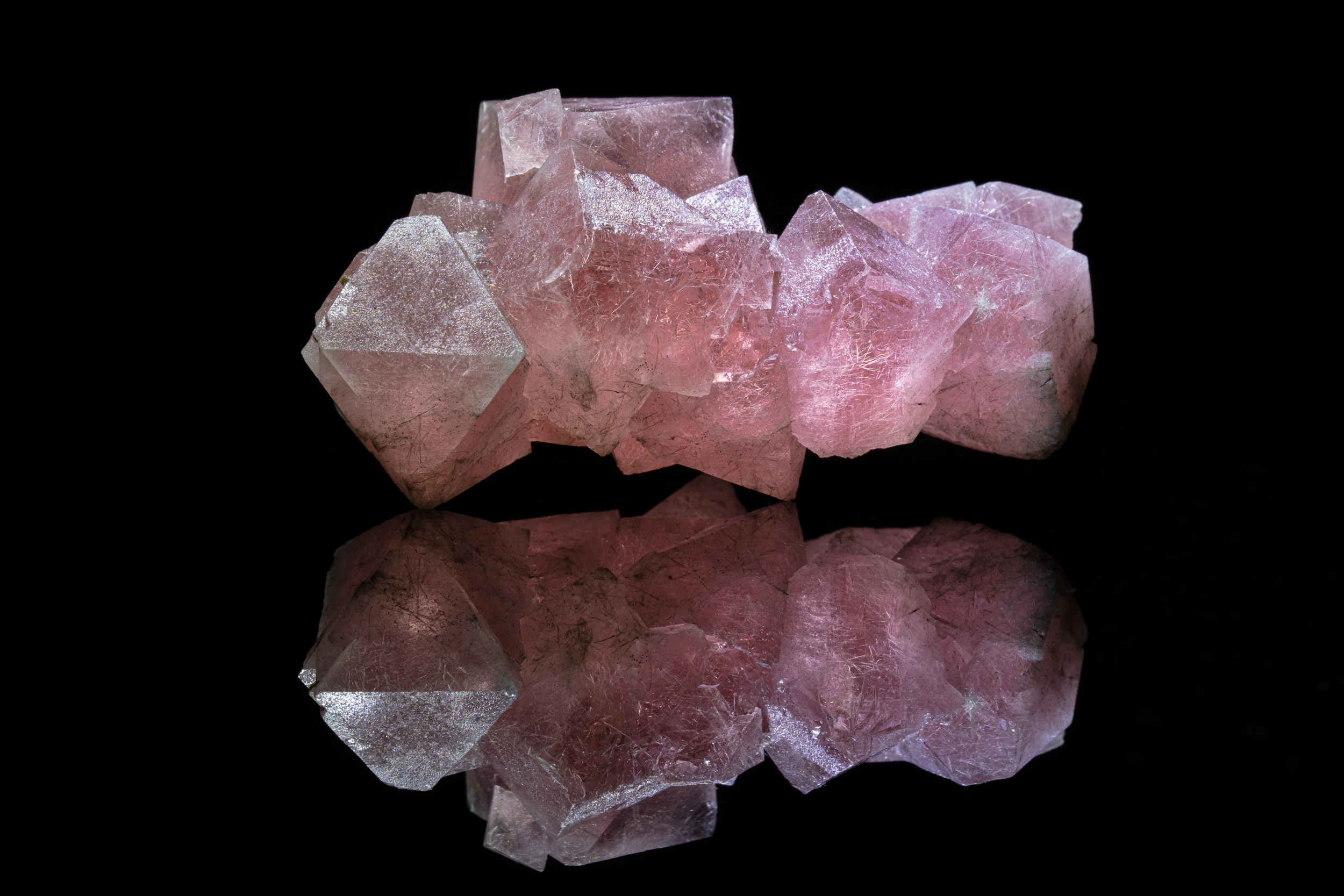Capturing What Cannot Be Touched
When I discovered his collection, I immediately felt the need to photograph it — to reveal its shapes, materials, and colors.
He welcomed the idea, especially since some specimens can’t be handled too often — air, light, or heat may alter them, sometimes permanently.
Because of their fragility and sensitivity to environmental factors, photography became the ideal way to document them safely.
A Website Designed for Both Experts and Enthusiasts
We quickly decided to create a dedicated website for the collection.
The goal wasn’t just to showcase it — but to organize it and make it meaningful for different types of visitors.
This mineral photography and specimen website project was built to serve both passion and precision.
Filter by Composition, Classification, or Form
The website lets users filter the collection in several ways:
– by mineral type
– by chemical composition (fluorine, arsenic, lead, etc.)
– by geological classification
These filters make the site useful to both passionate mineralogists and curious visitors.
Each Specimen Has Its Own Page
Every mineral has its own dedicated page, including:
– high-quality photos, including macro images
– a video shot on a rotating platform
– clear, reliable scientific information
The collection is updated regularly as new specimens are added.
A Controlled Environment for Precision Photography
Photographing minerals requires patience, precision, and total environmental control.
Each session is carefully staged in darkness, on a black reflective surface, to enhance the shape and color of each specimen.
The lighting setup uses high-CRI LED panels mounted on gooseneck arms, each with custom diffusers.
This allows for directional light, soft shadows, and natural reflections — without glare or distortion.
For video, we use a motorized rotating platform.
It gives a full 360° view of each mineral while avoiding any handling.
This process reveals the material qualities of each stone while protecting their physical integrity.
A rotating showcase of mineral specimens, filmed to reveal their full form and texture.
Names and chemical compositions appear as subtitles to help viewers understand what they’re seeing.
Gallery
Explore a curated selection of mineral photographs from the Rock of Science project.
Each image captures the unique geometry, surface, and light behavior of rare specimens — from macro views to complete forms.


